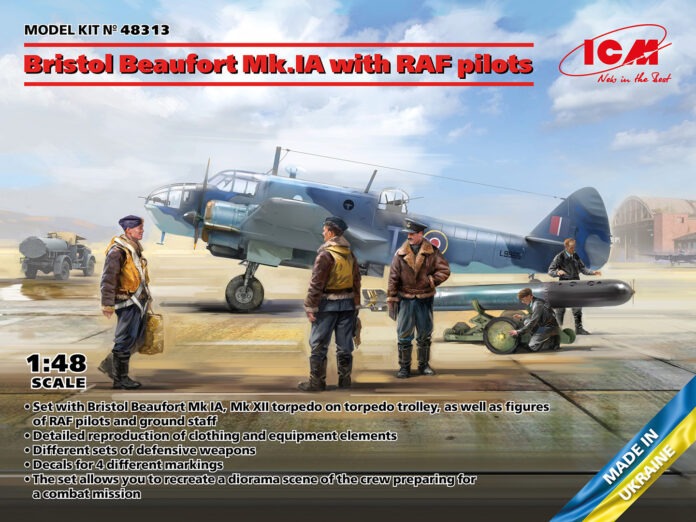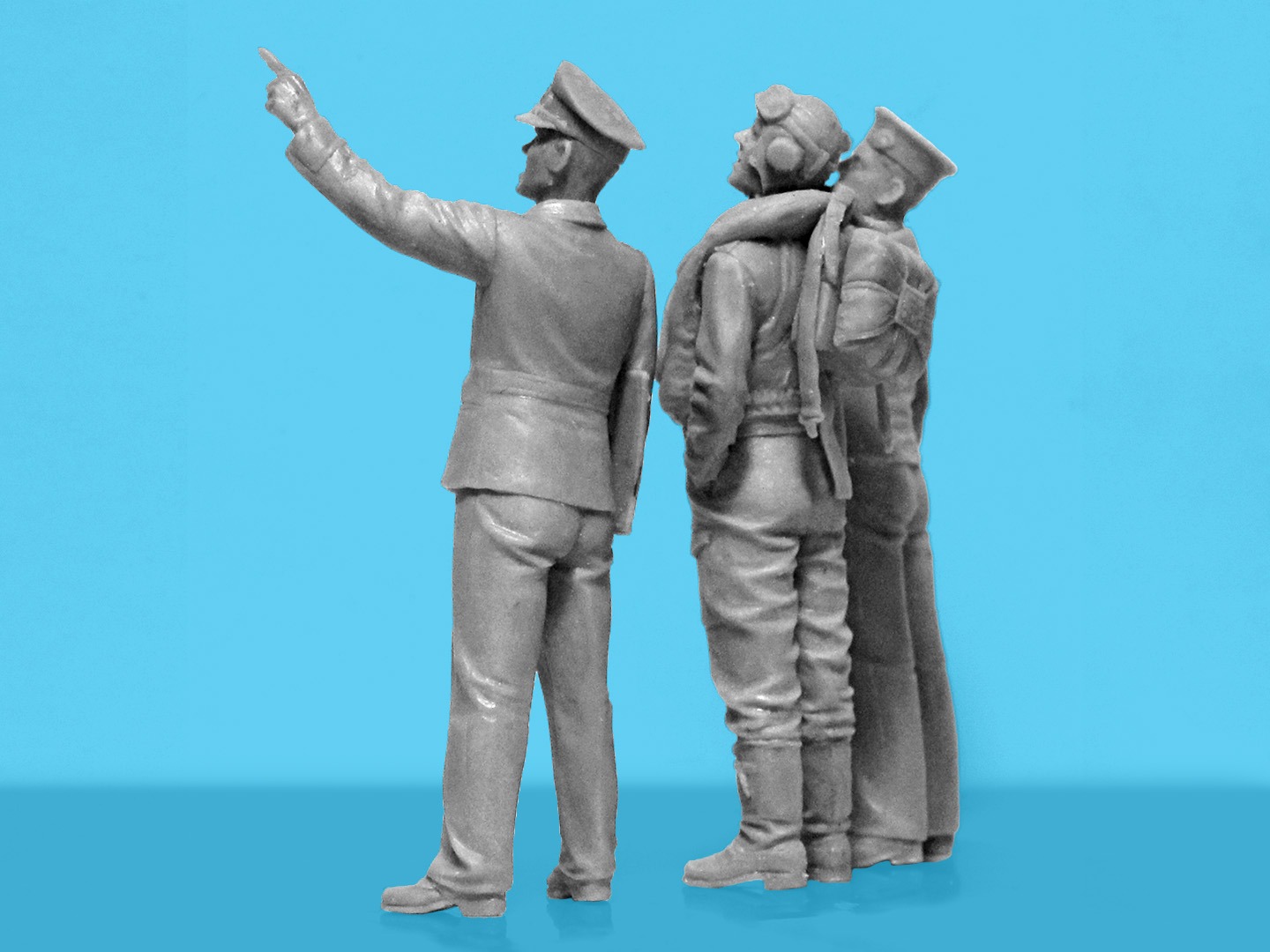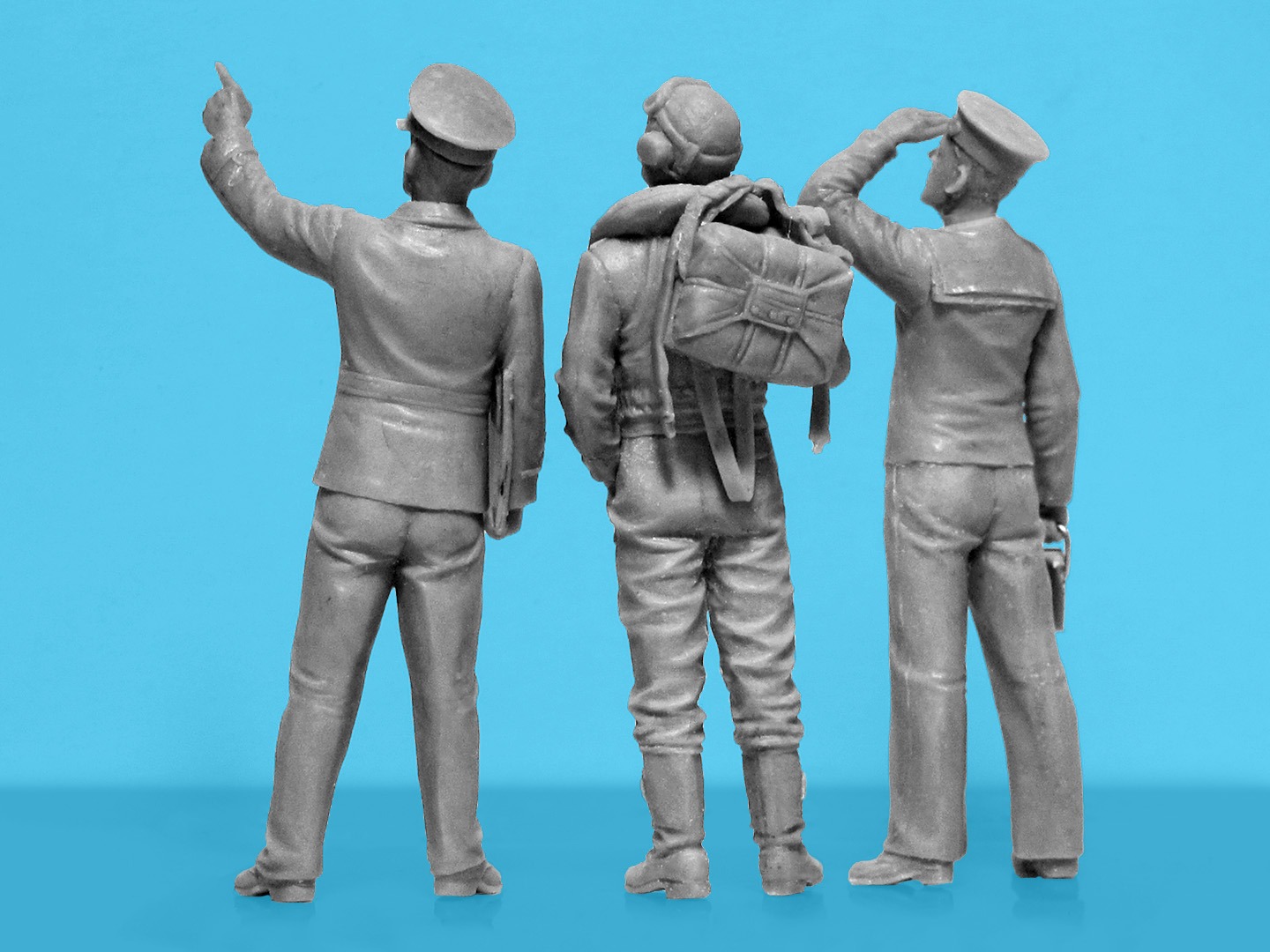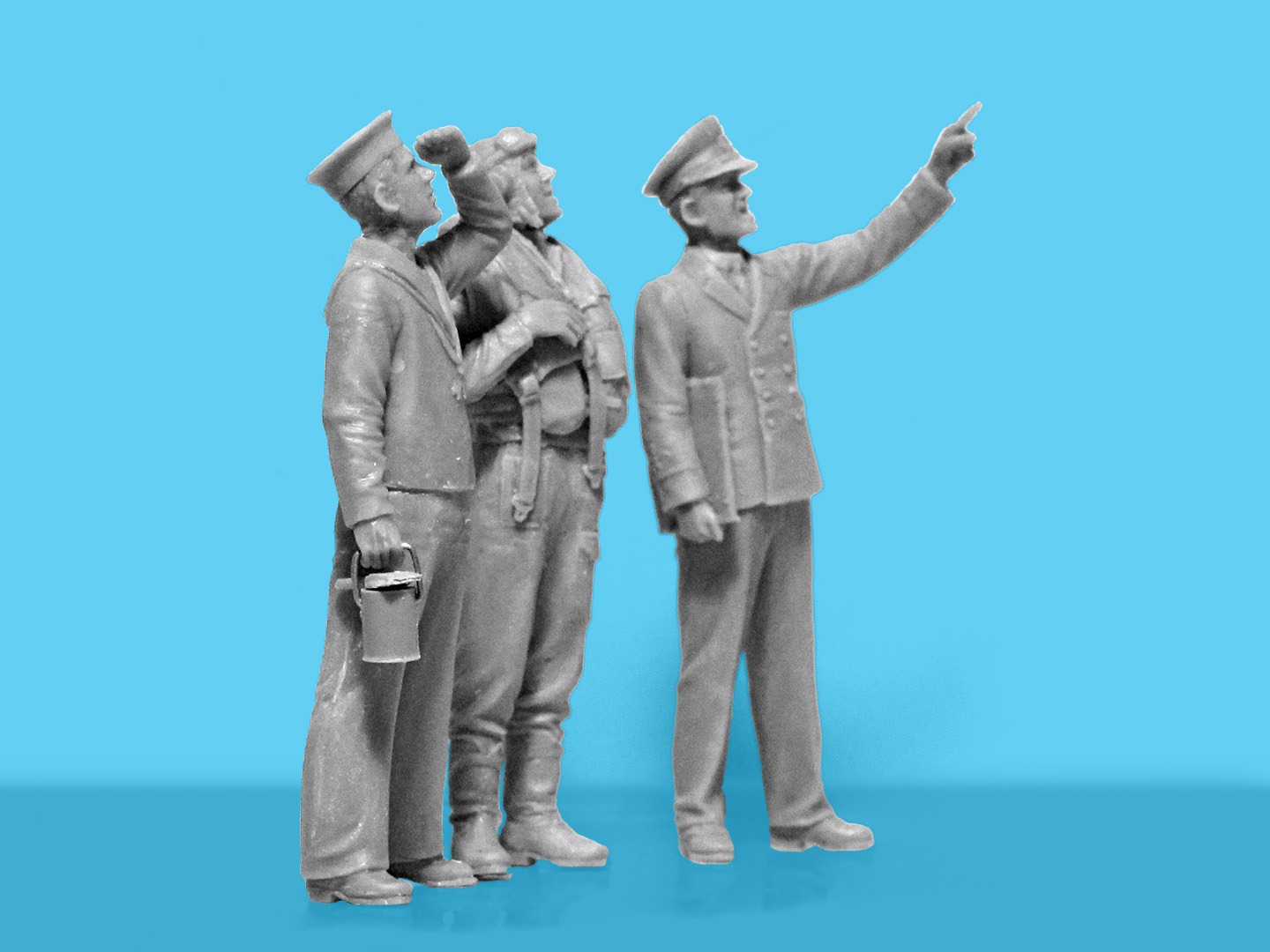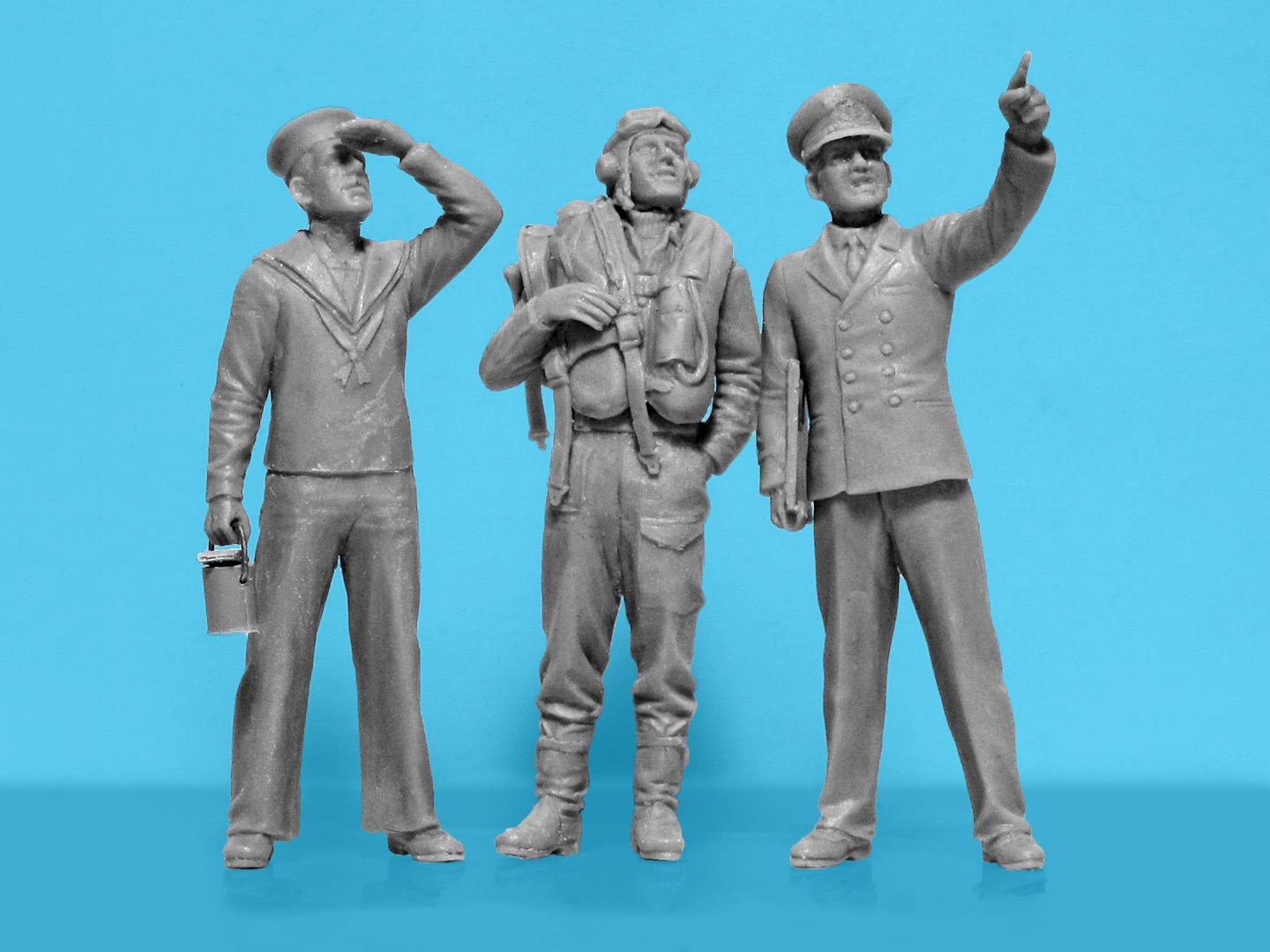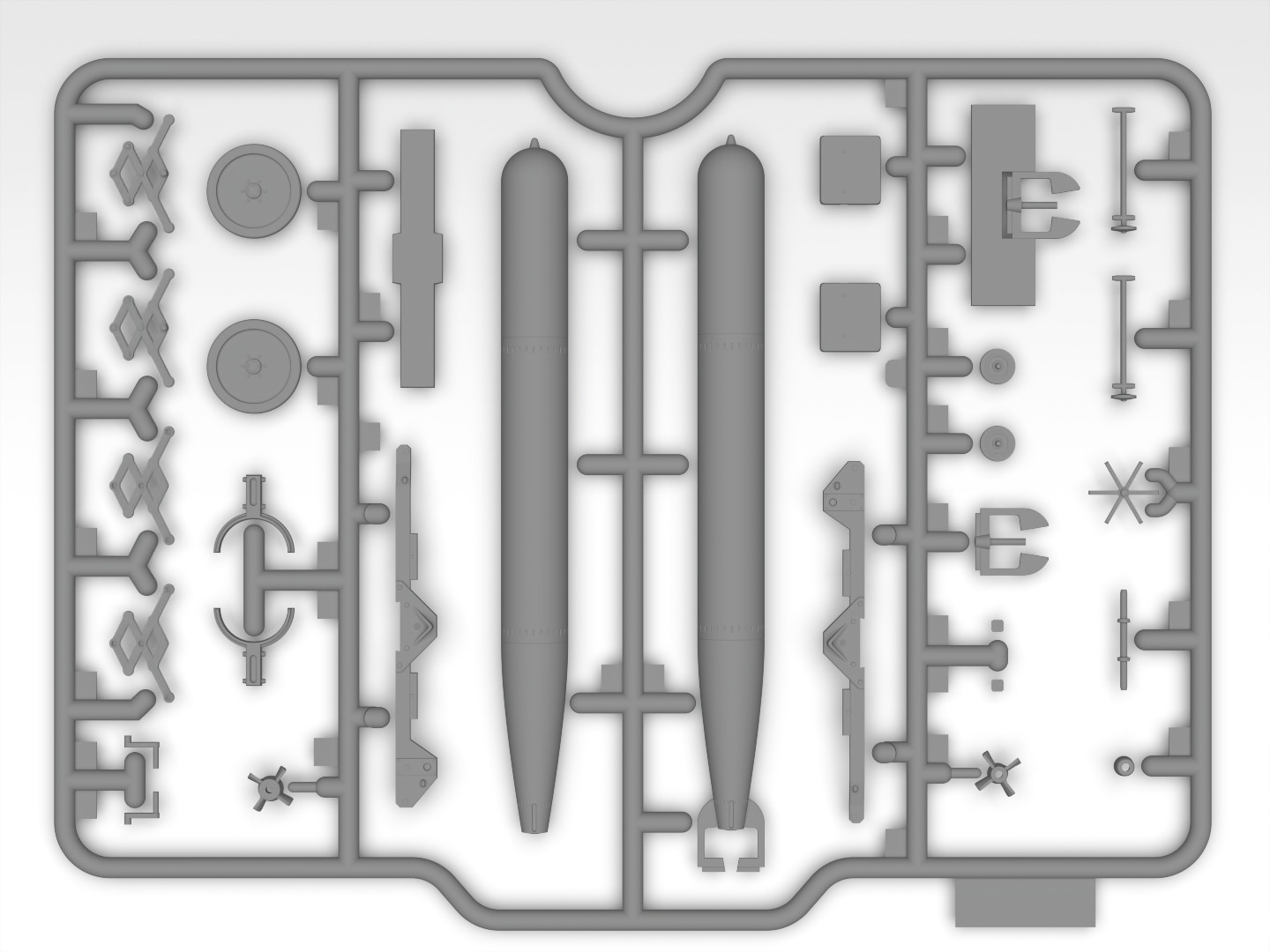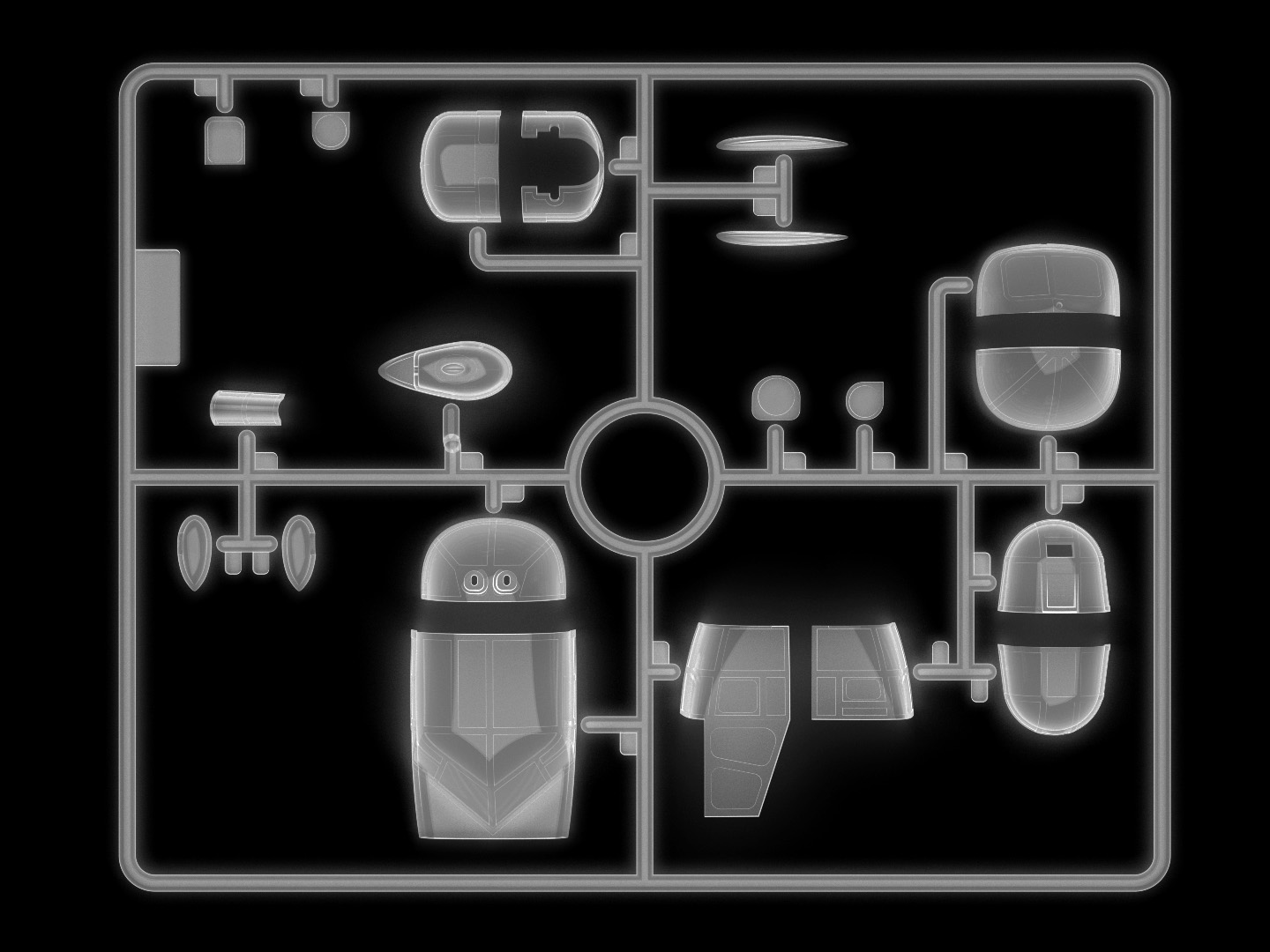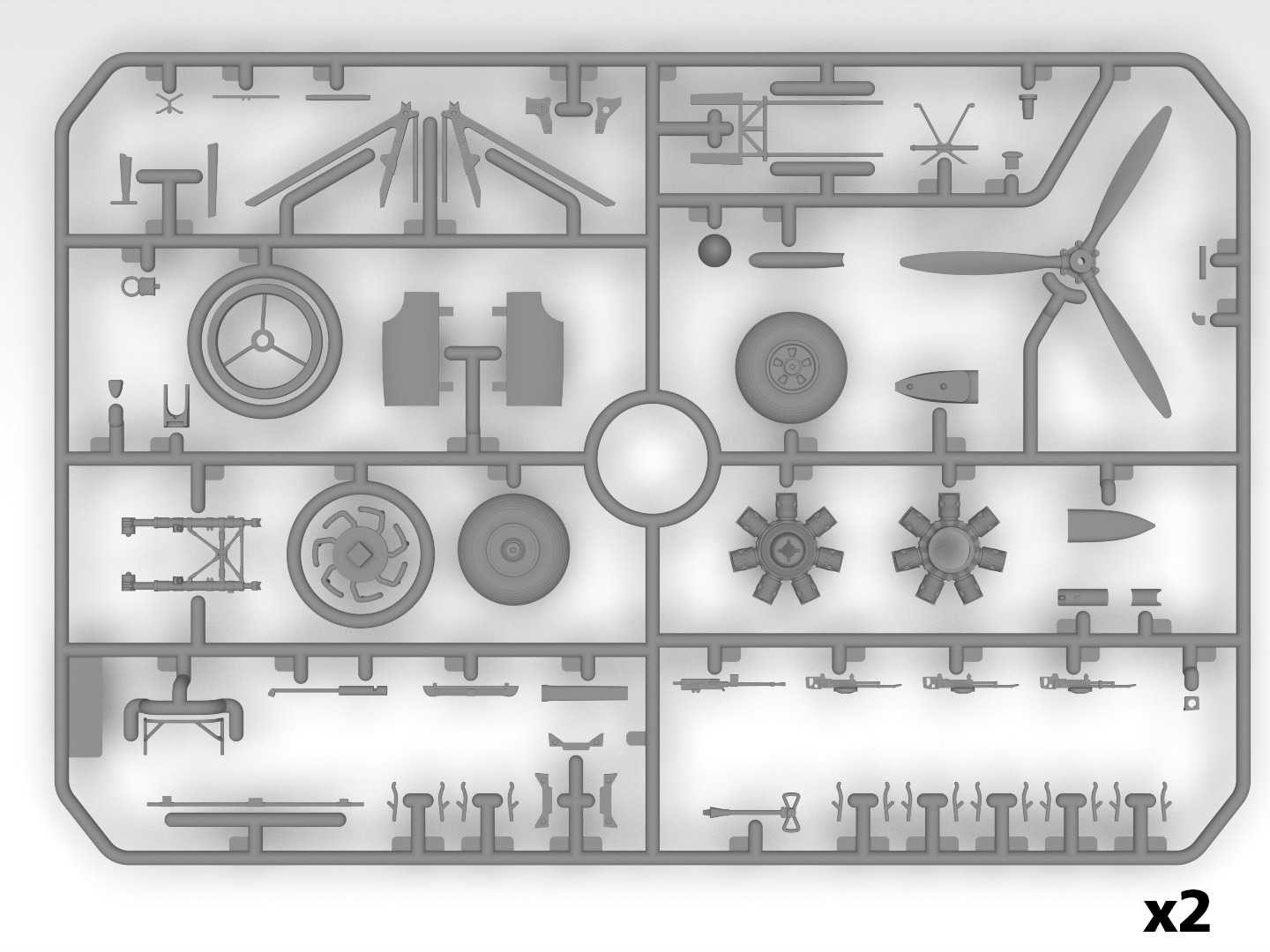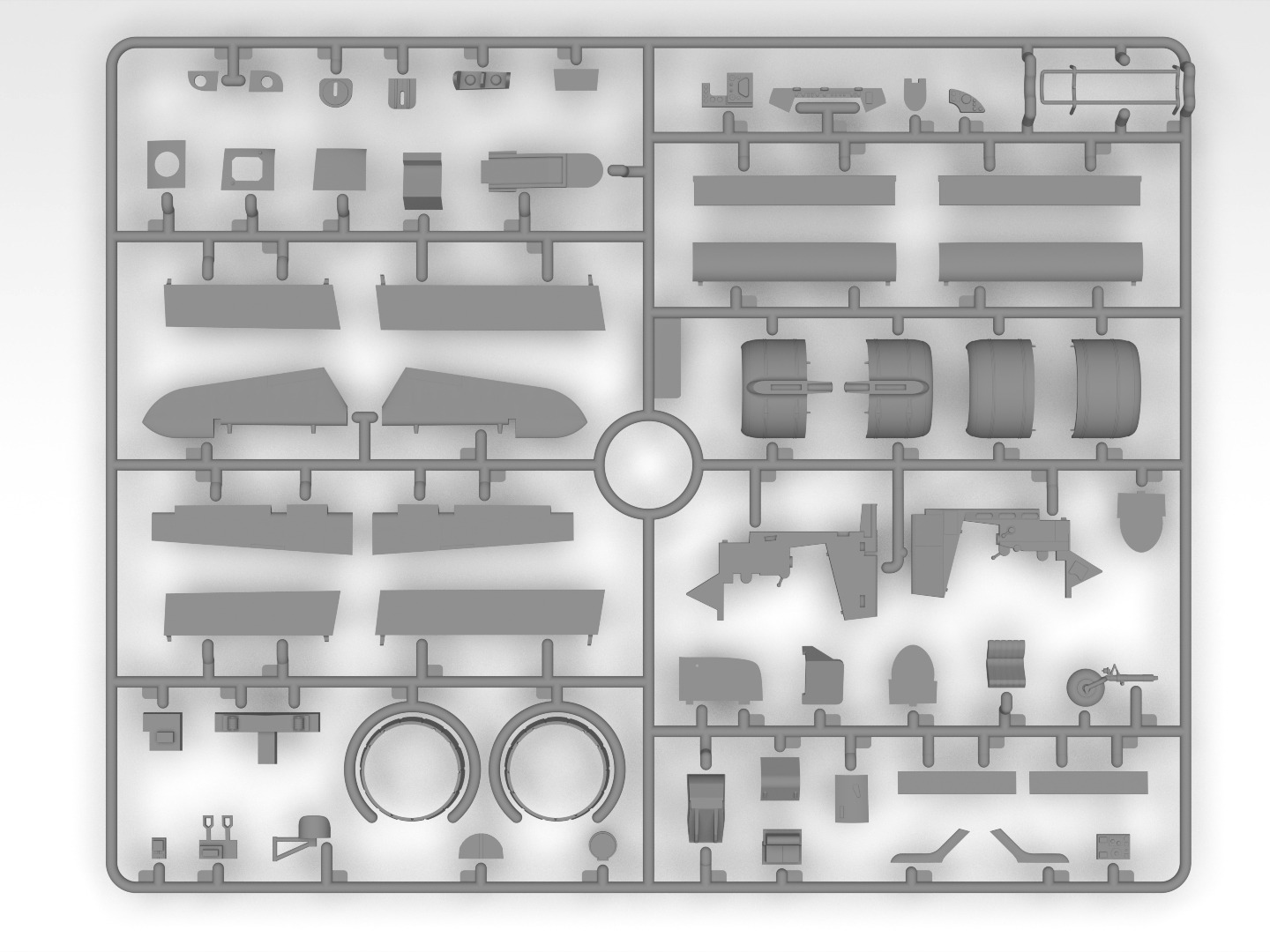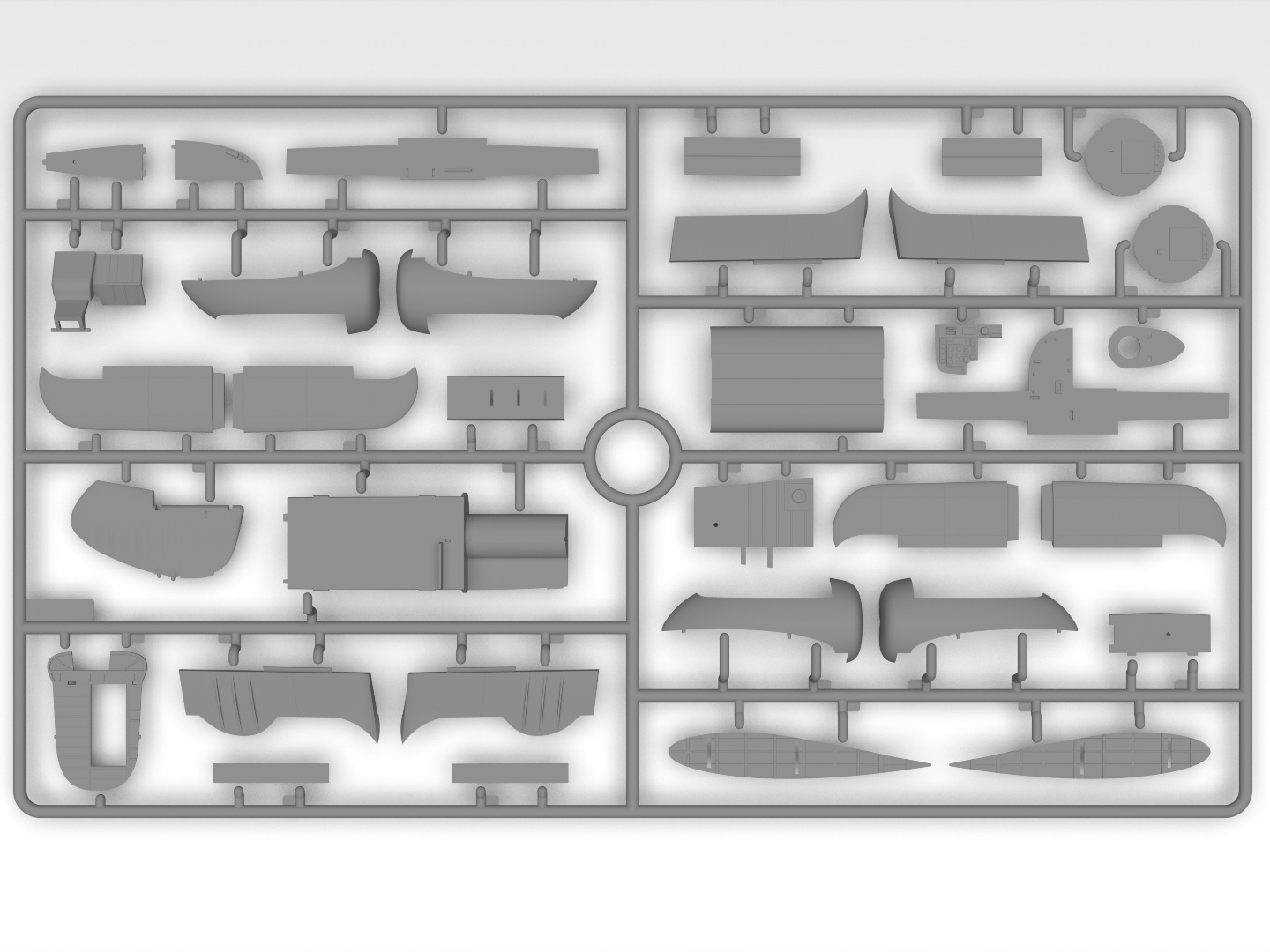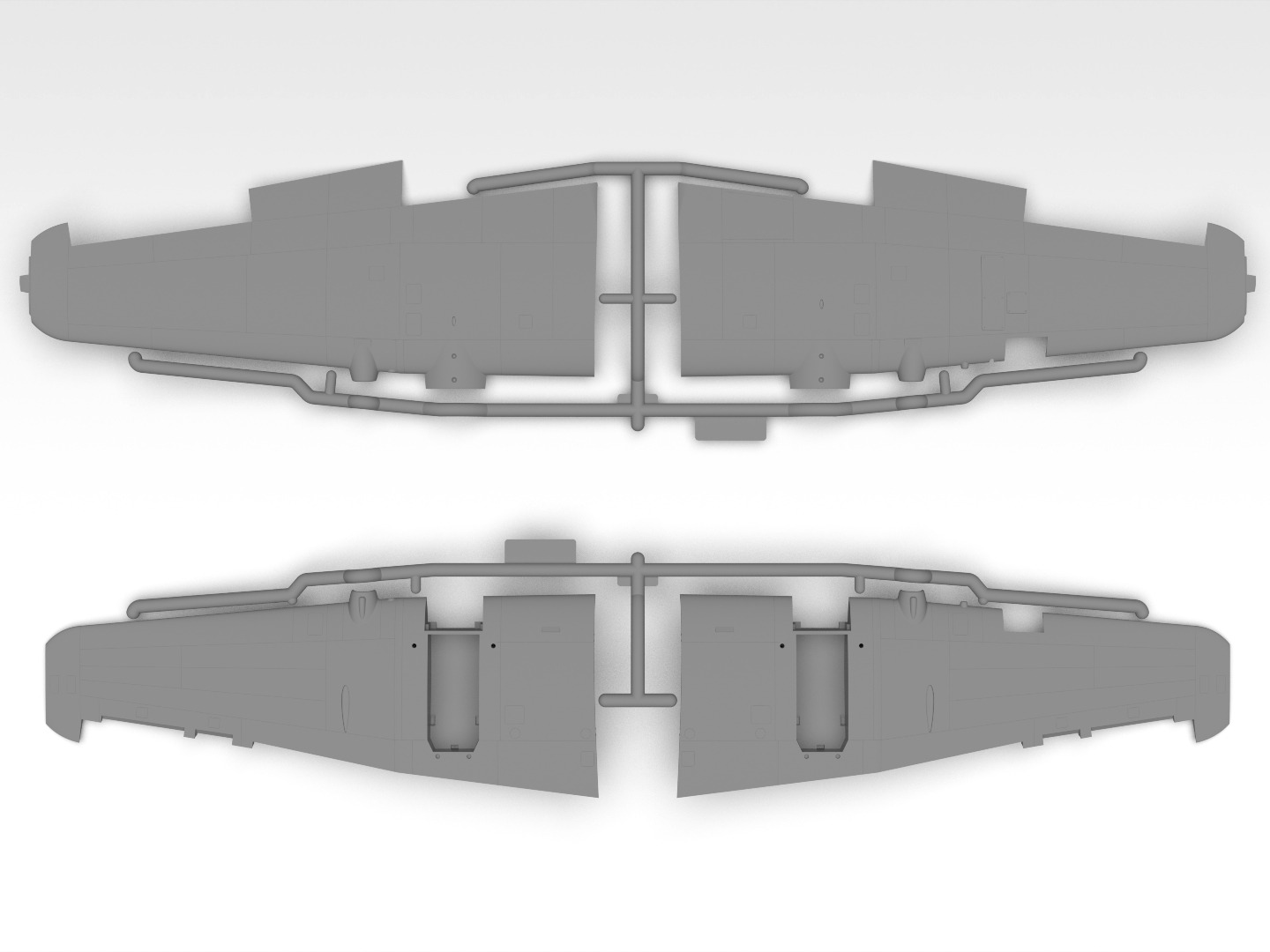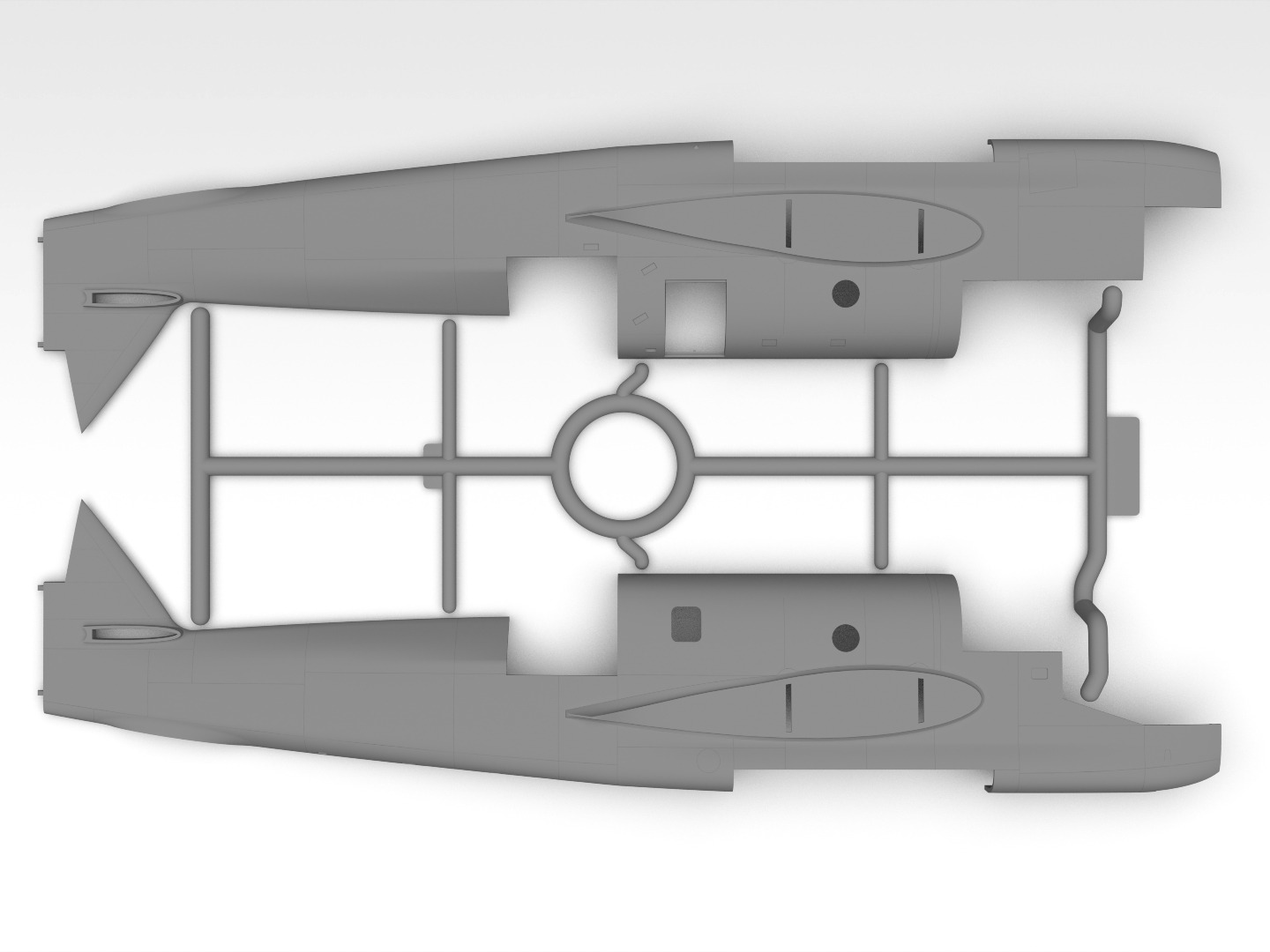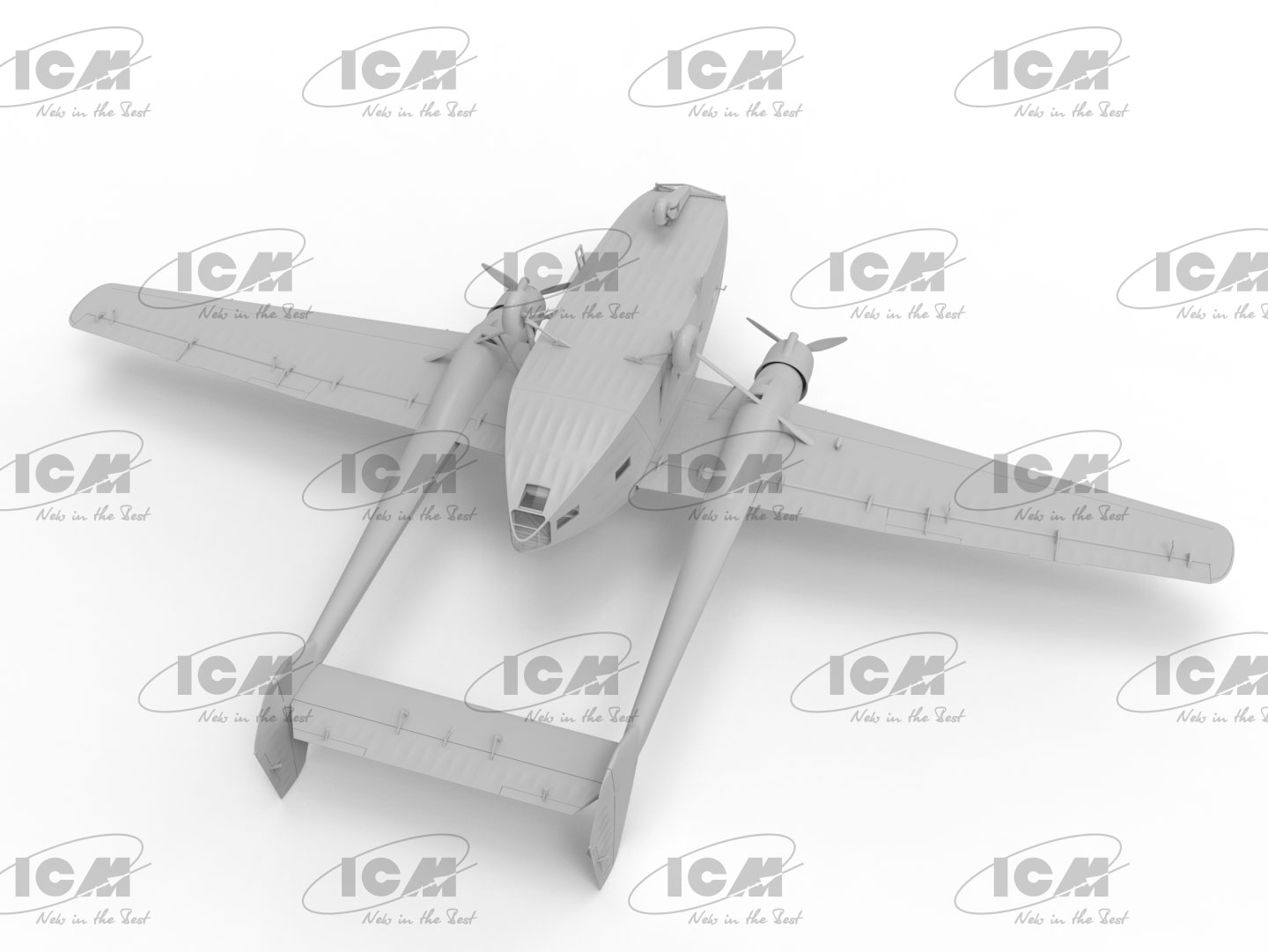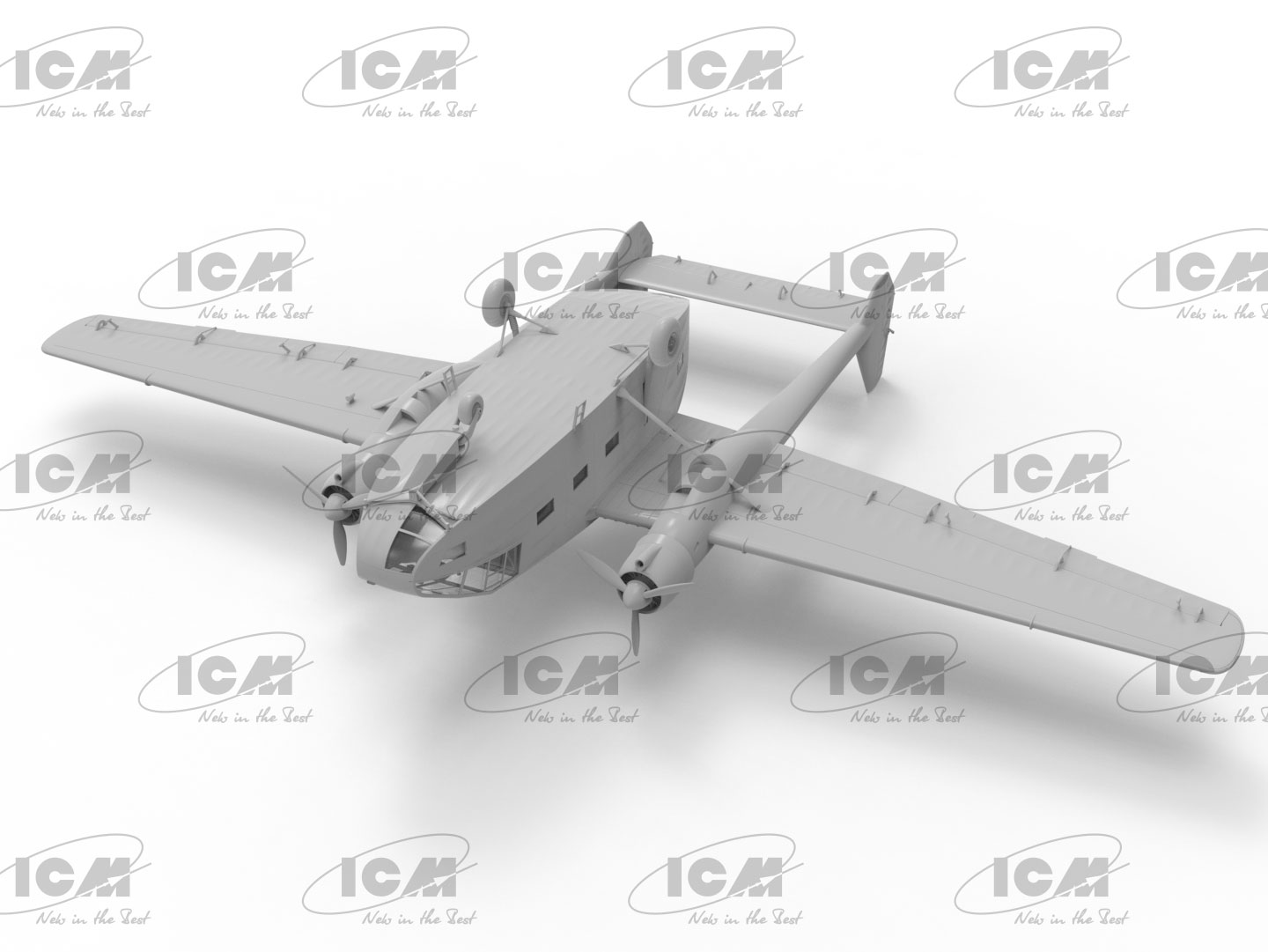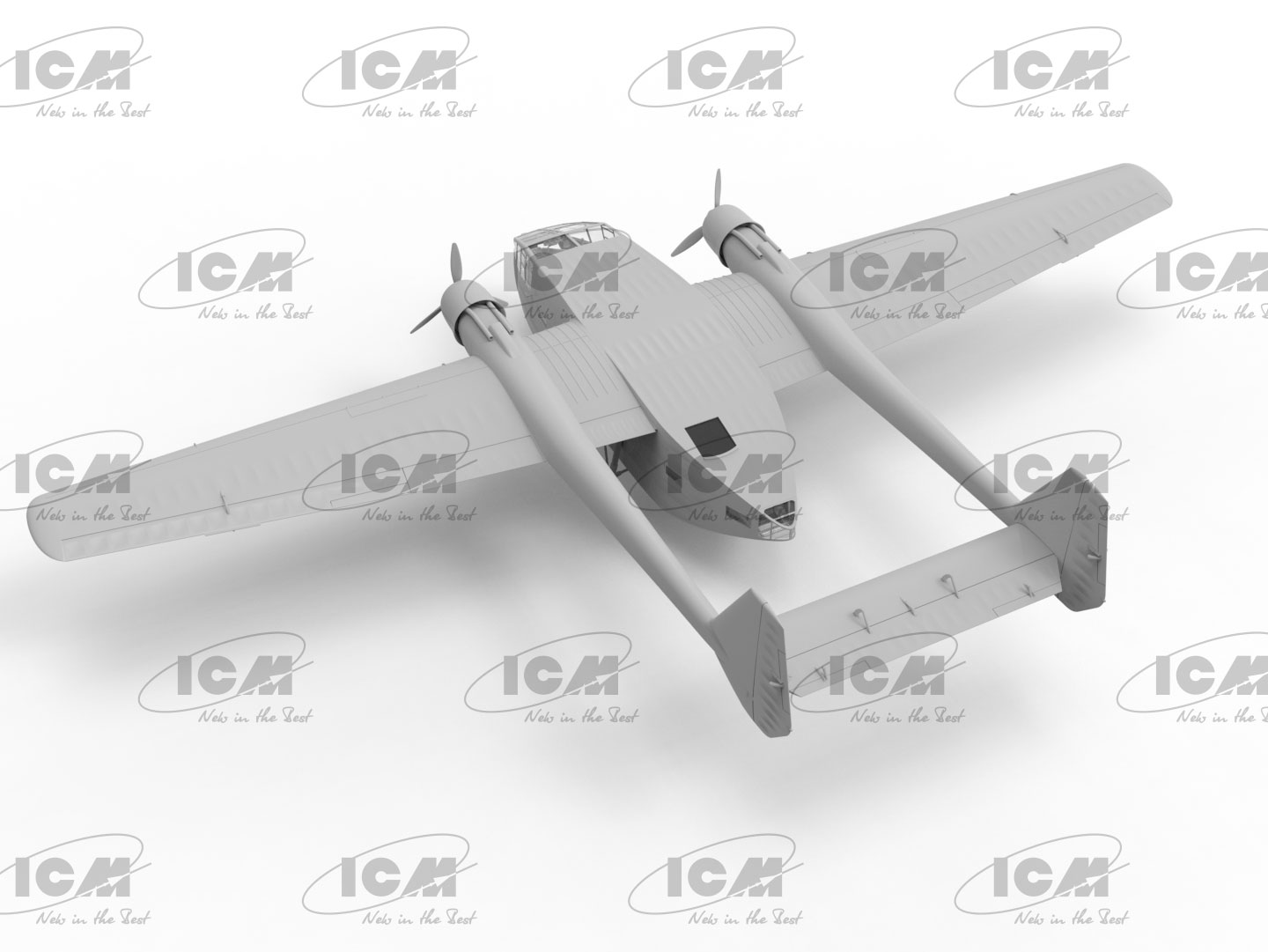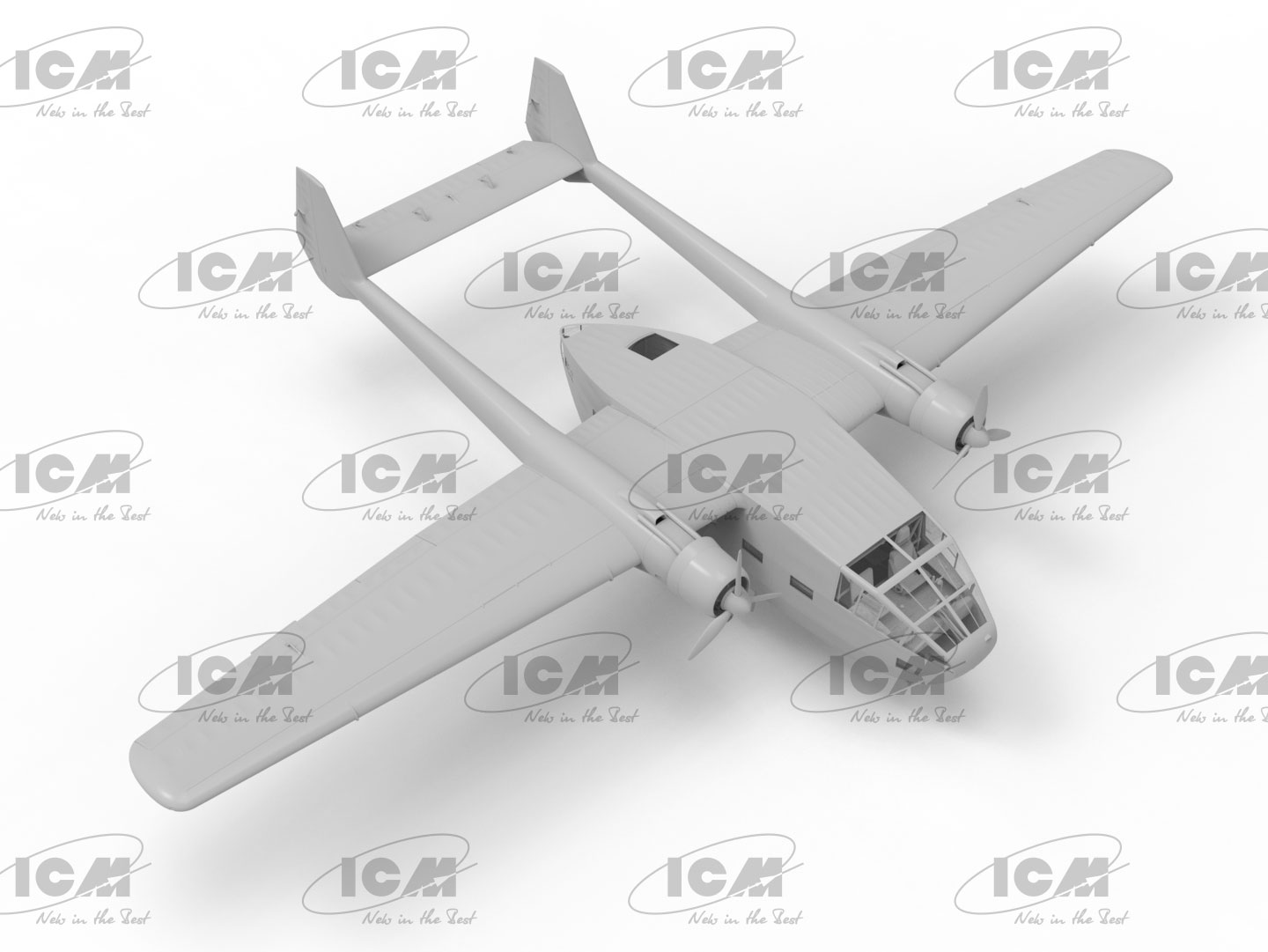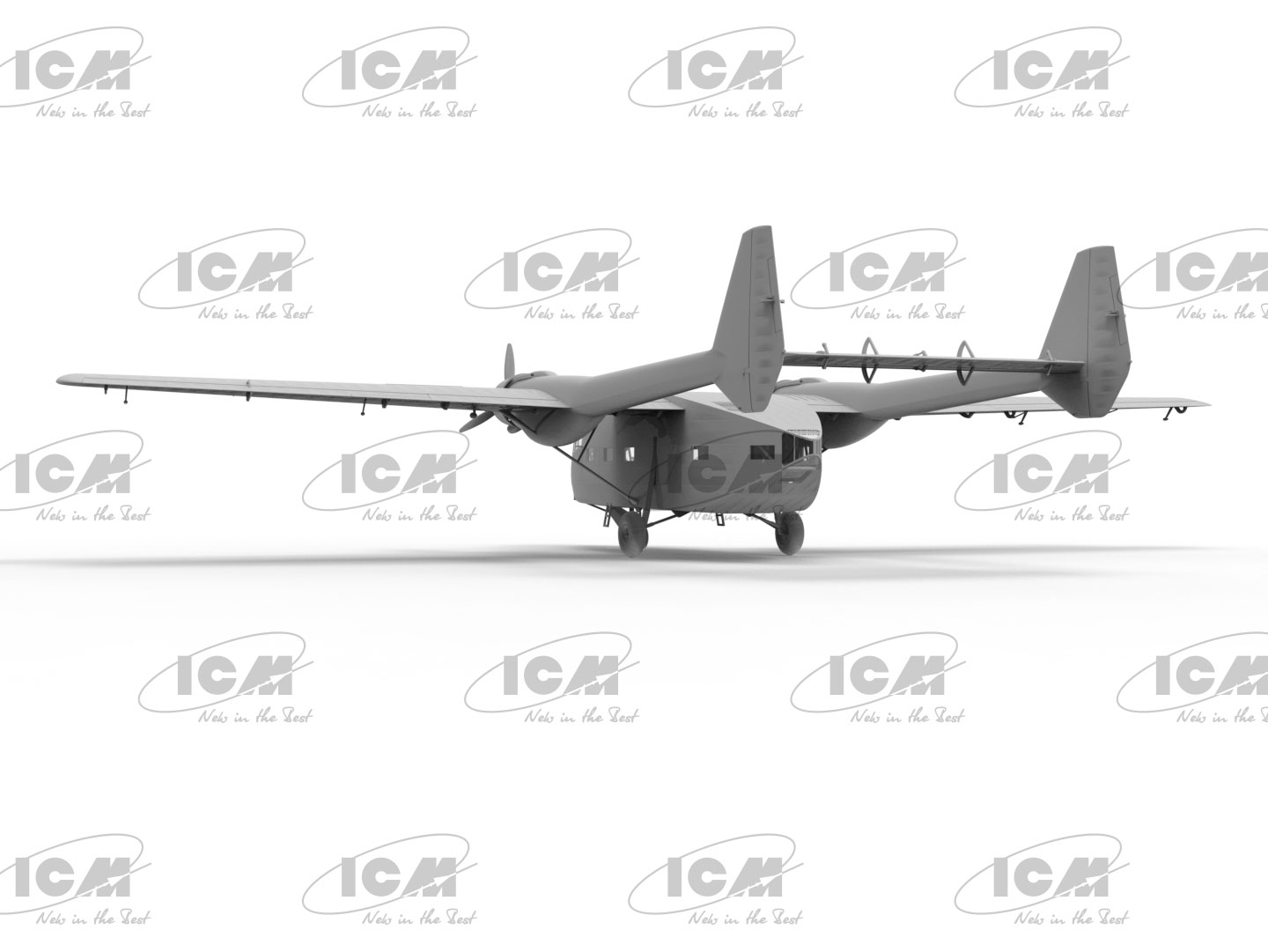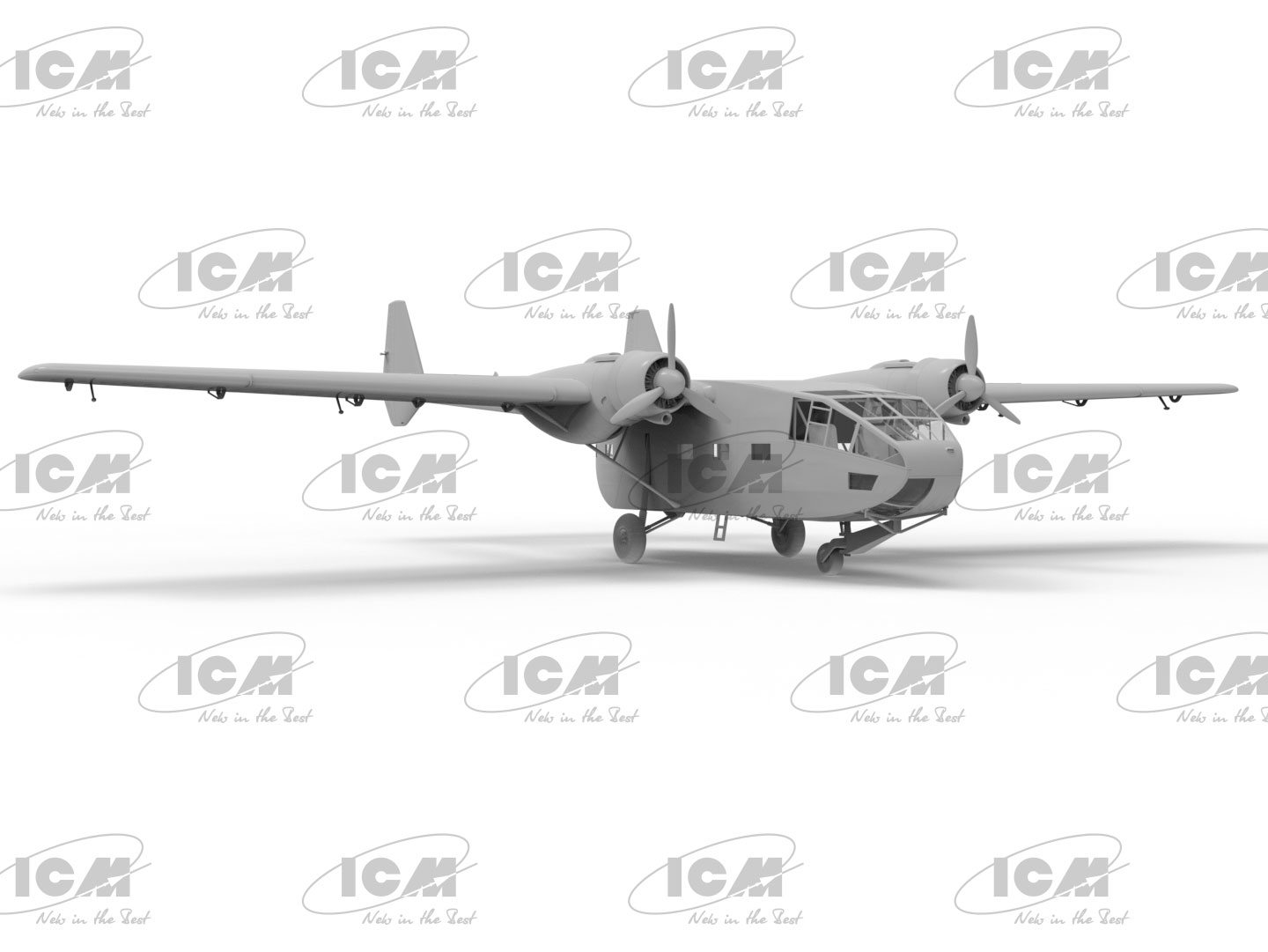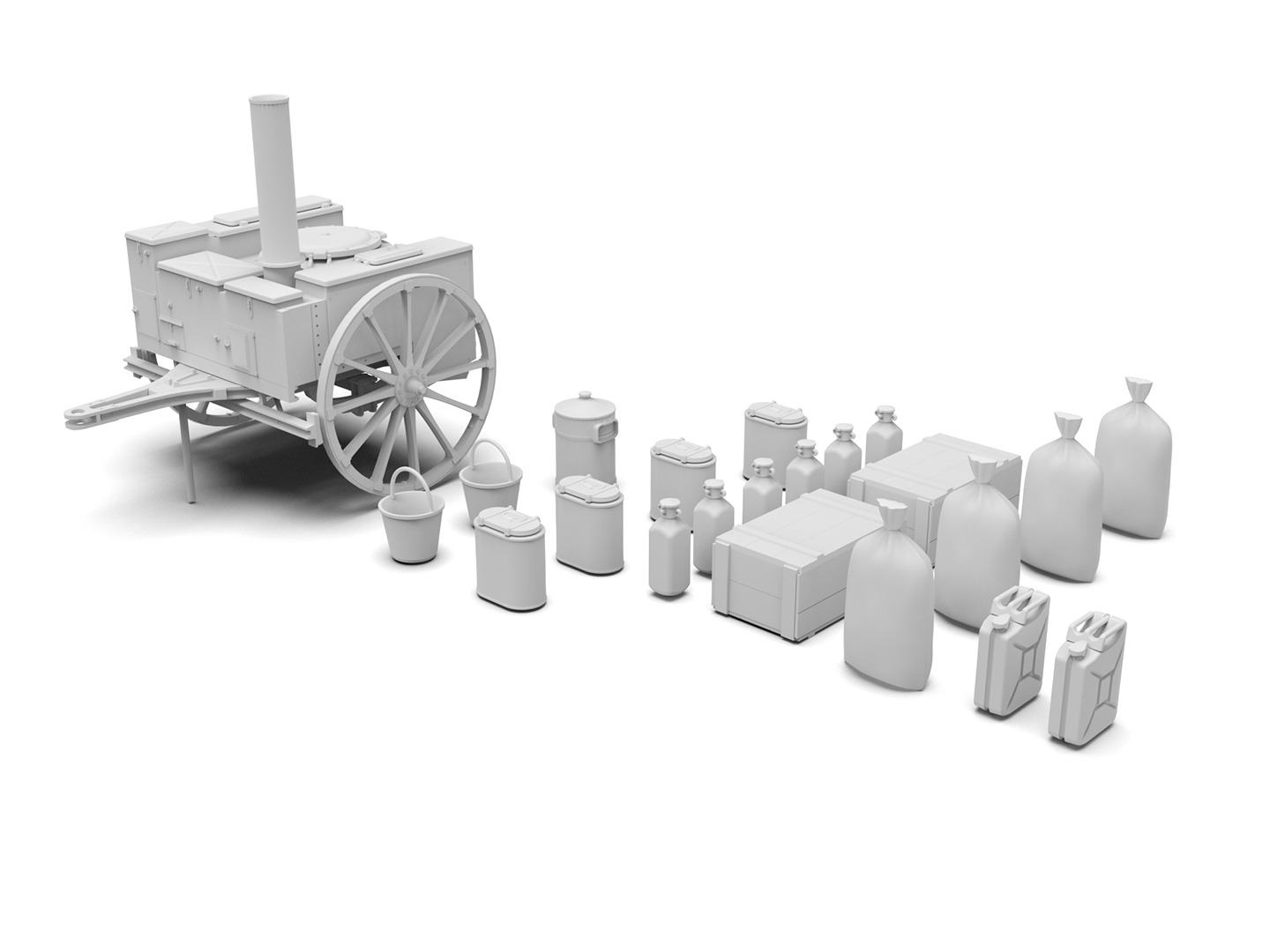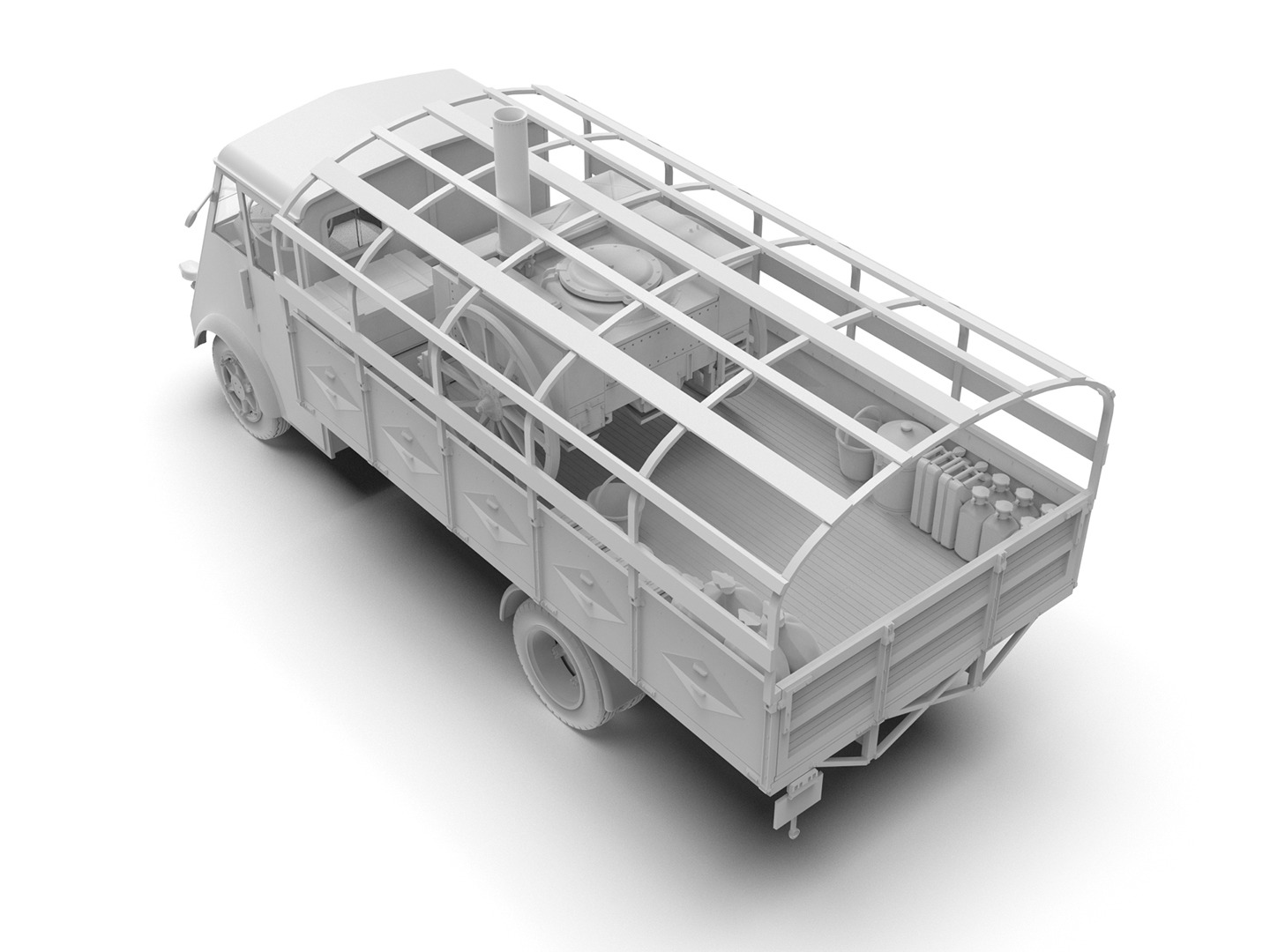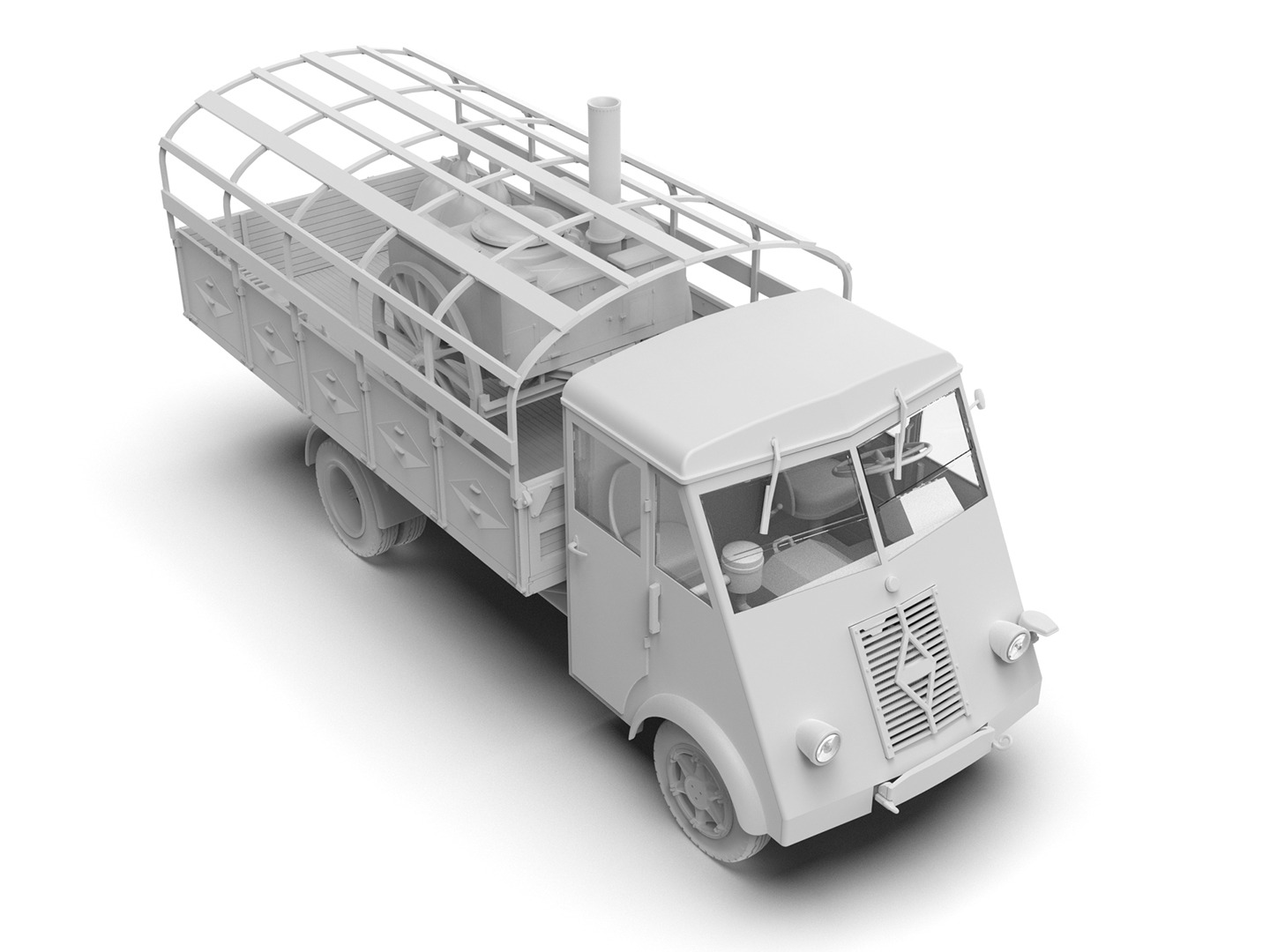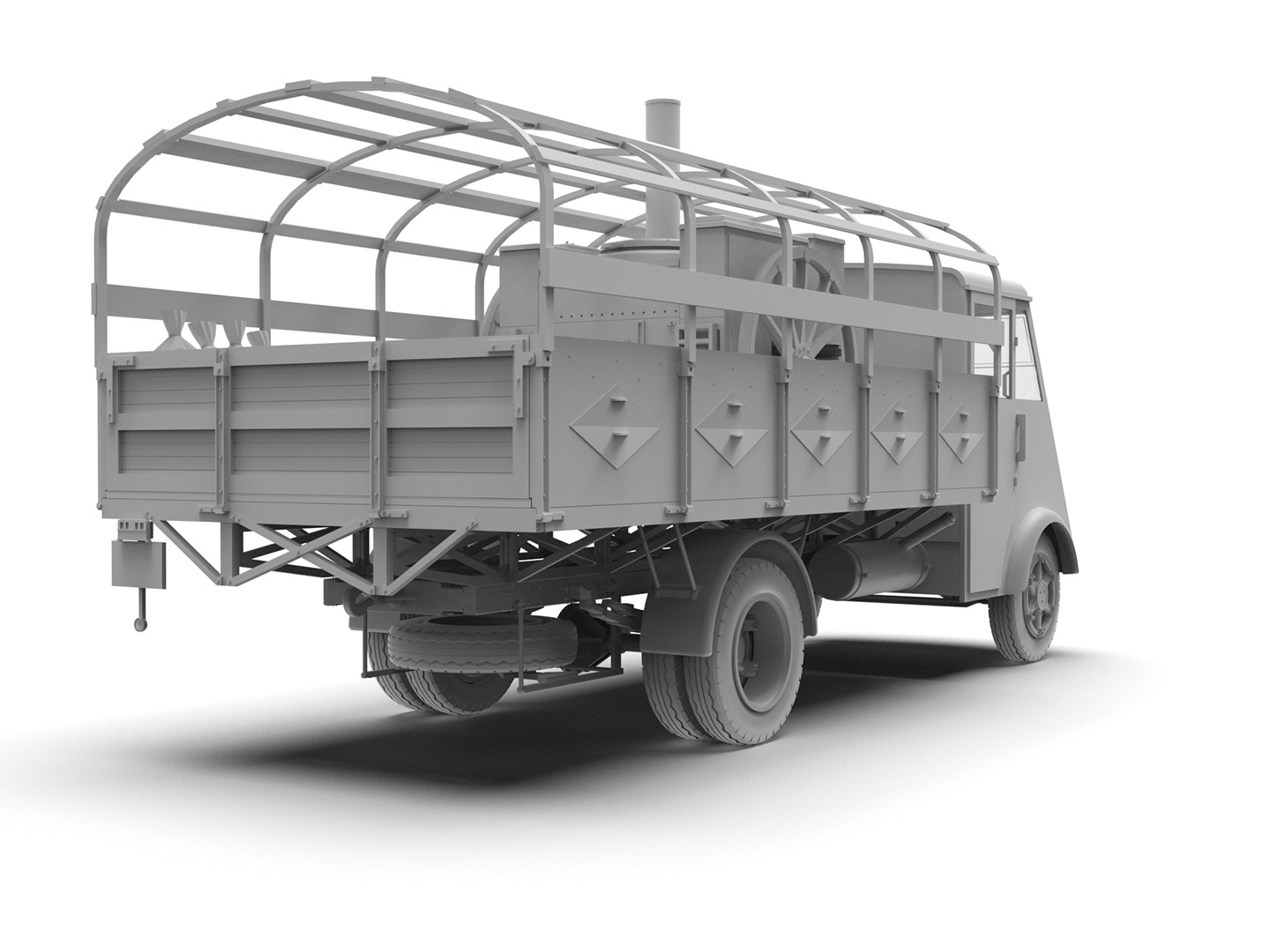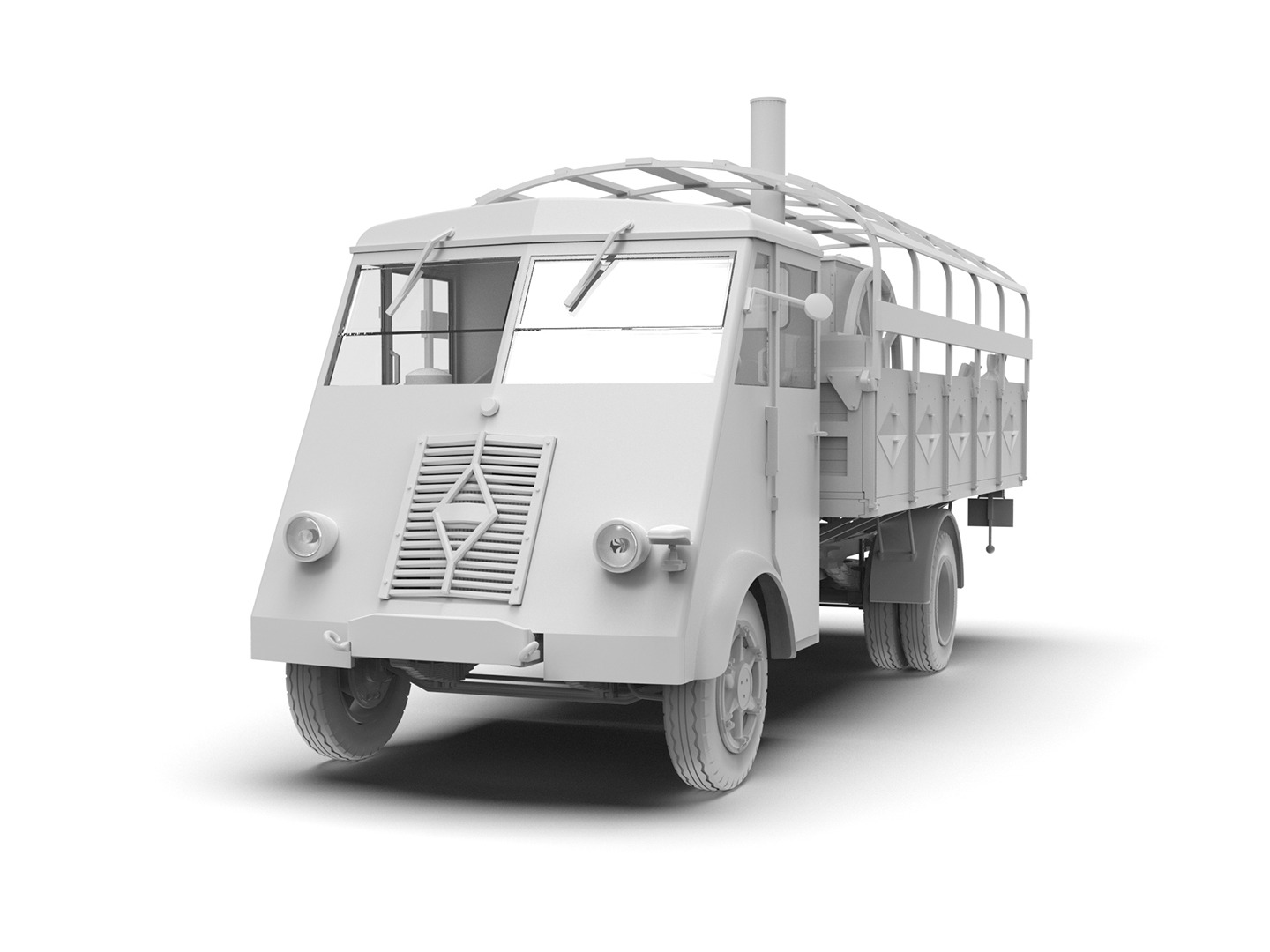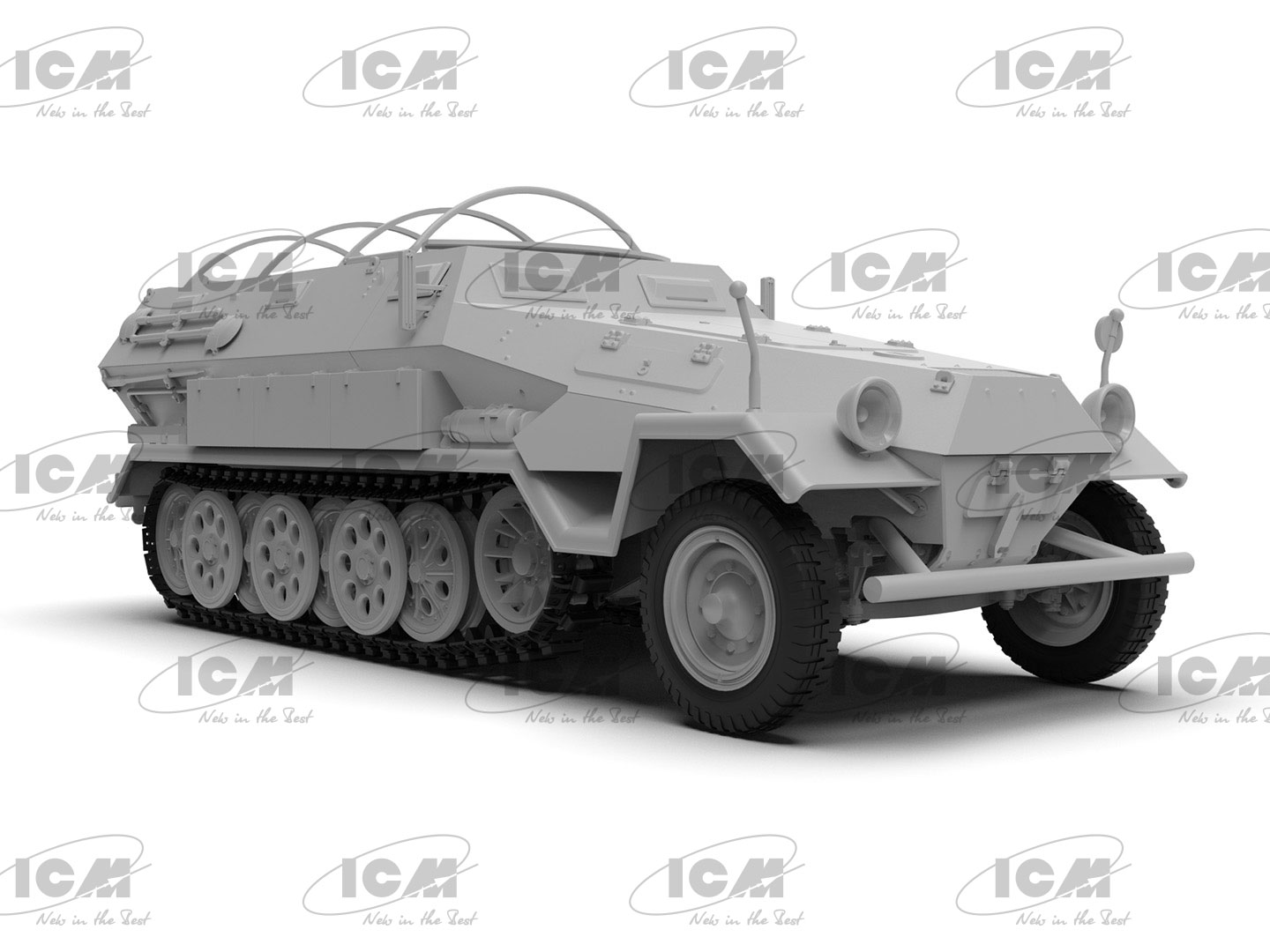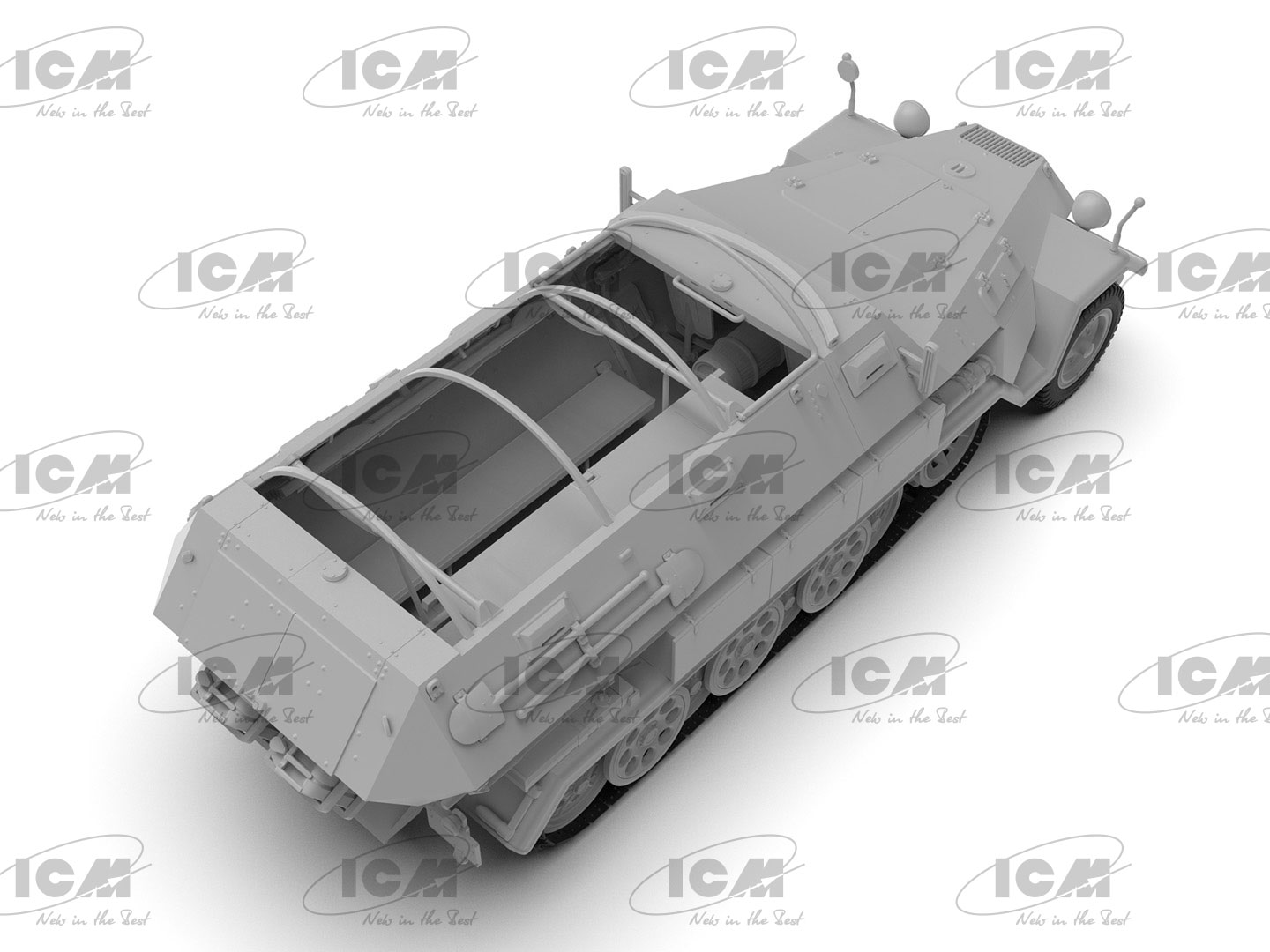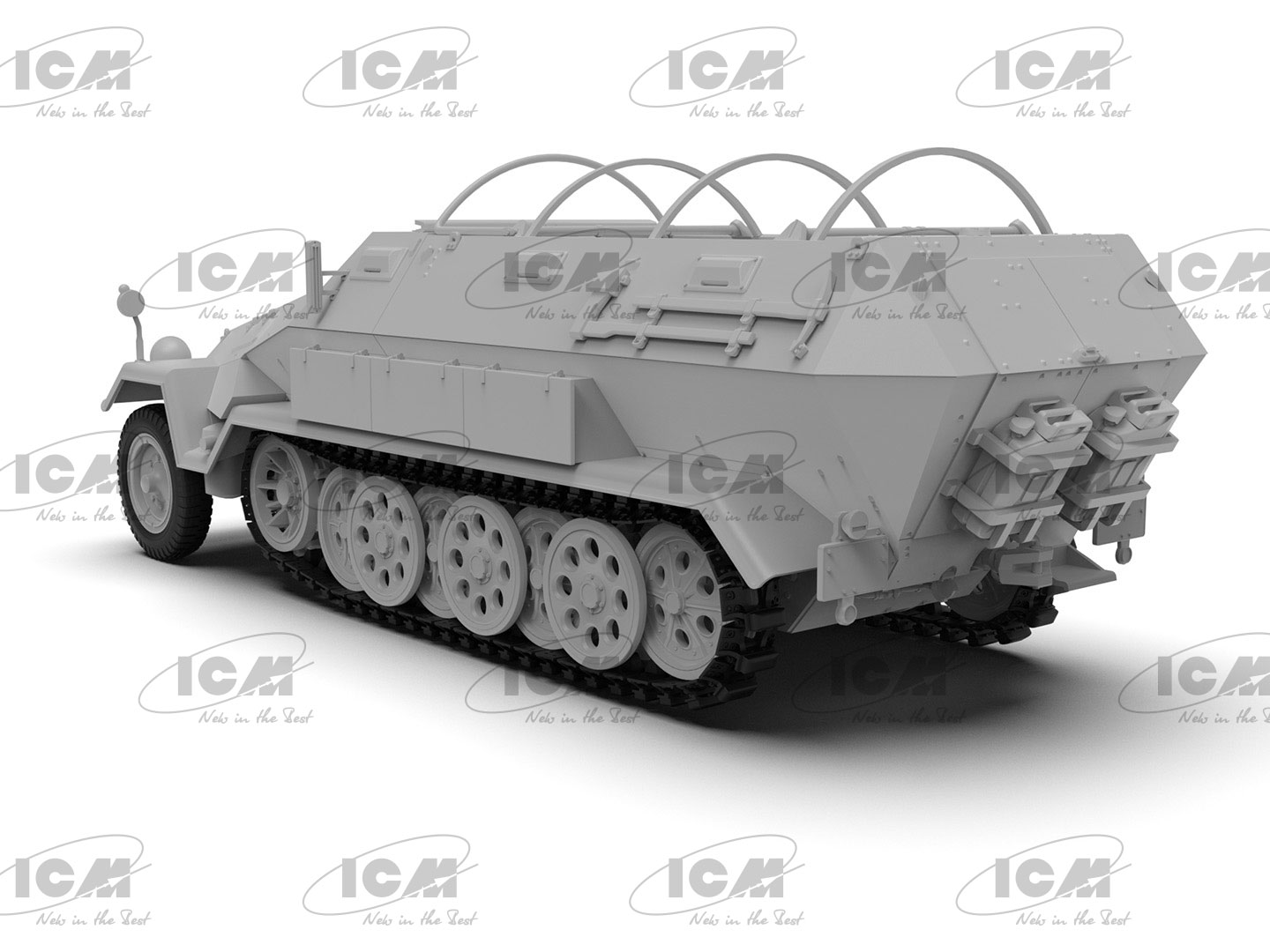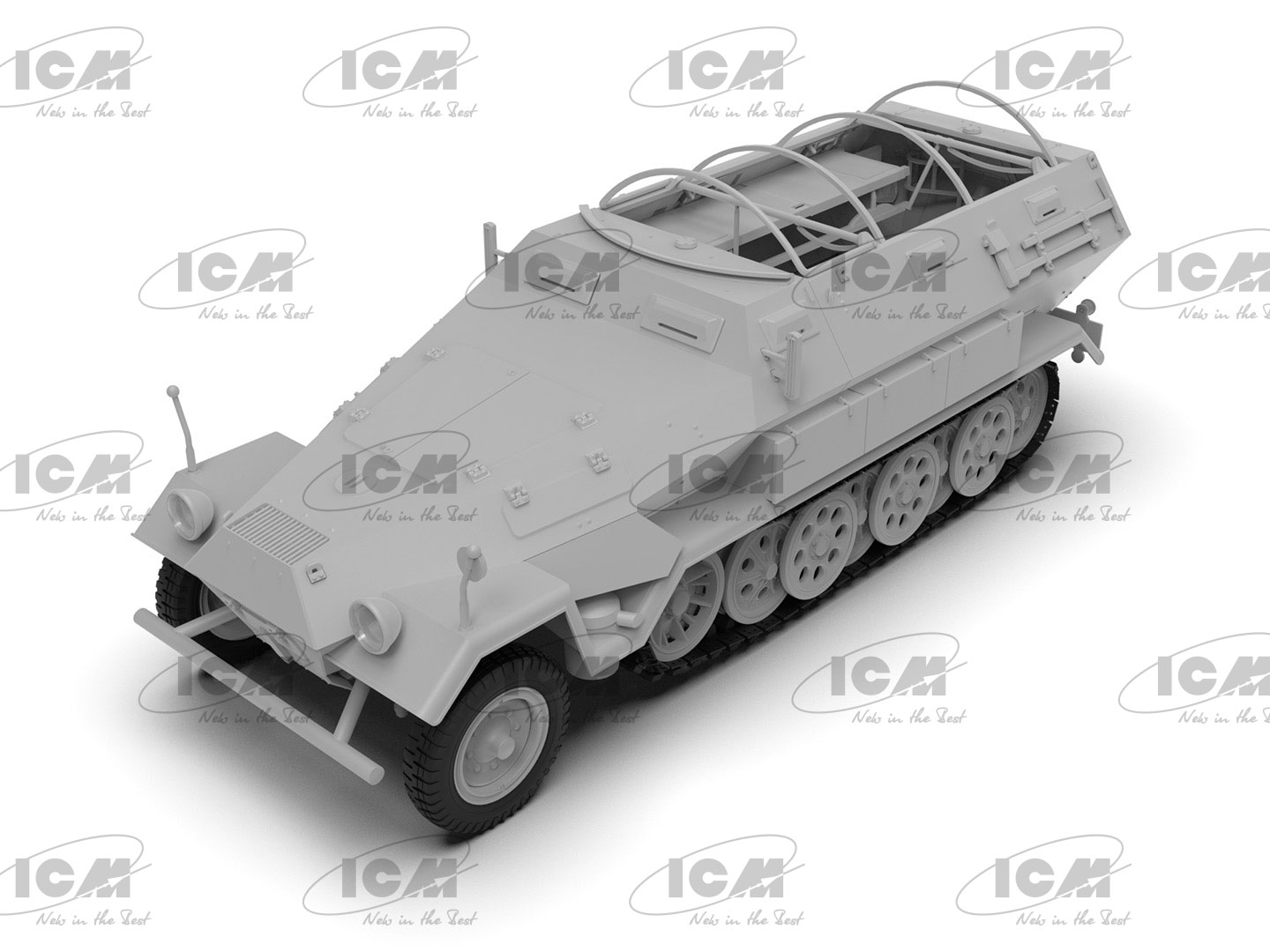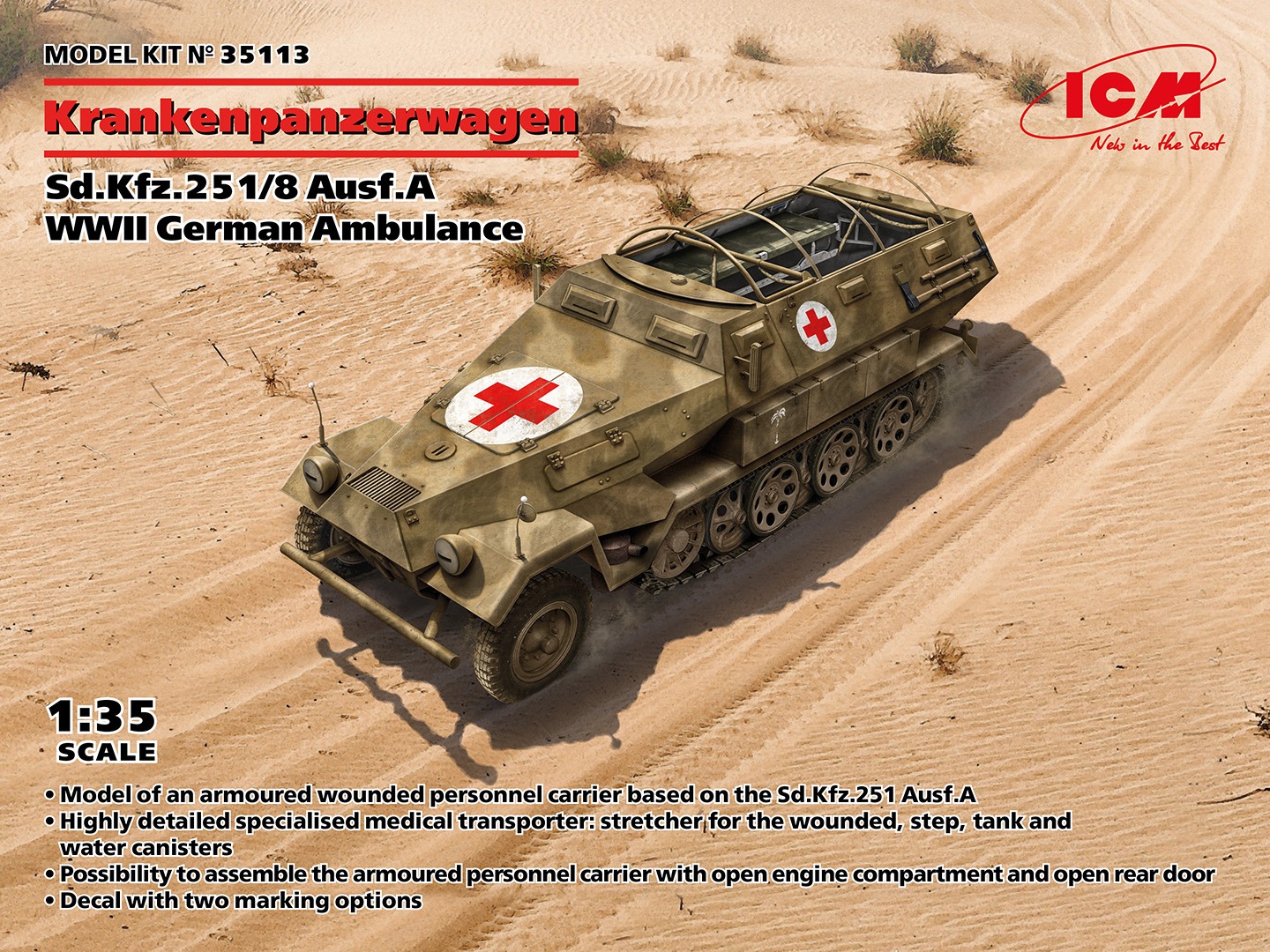 1/35 Krankenpanzerwagen
1/35 Krankenpanzerwagen
Sd.Kfz.251/8 Ausf.A WWII German Ambulance
The Sd.Kfz.251 semi-tracked armoured personnel carrier was the main armoured vehicle of the Wehrmacht. It was designed by Hanomag in 1938 and mass production started the following summer. The armoured personnel carriers were in service with the German army throughout the Second World War and were used in all theatres of operations, with a total quantity of 15,252 vehicles of various series and modifications. The first modification, the Sd.Kfz.251 Ausf.A, was produced in 1939-1940. One of the versions was the Sd.Kfz.251/8 for evacuating the wounded from the battlefield. It could carry a different number of wounded, for example, two lying on a stretcher and four sitting. The stretchers were suspended on special mounts, and semicircular rails for an awning were installed on top of the body to protect it from the rain. The equipment of the transporter also included a drinking water tank, and an additional step was installed at the rear to facilitate boarding the transport compartment. Usually, armoured medical transporters were part of Stabskompanie. To distinguish them from other vehicles, they had large signs with a red medical cross on their bodies.
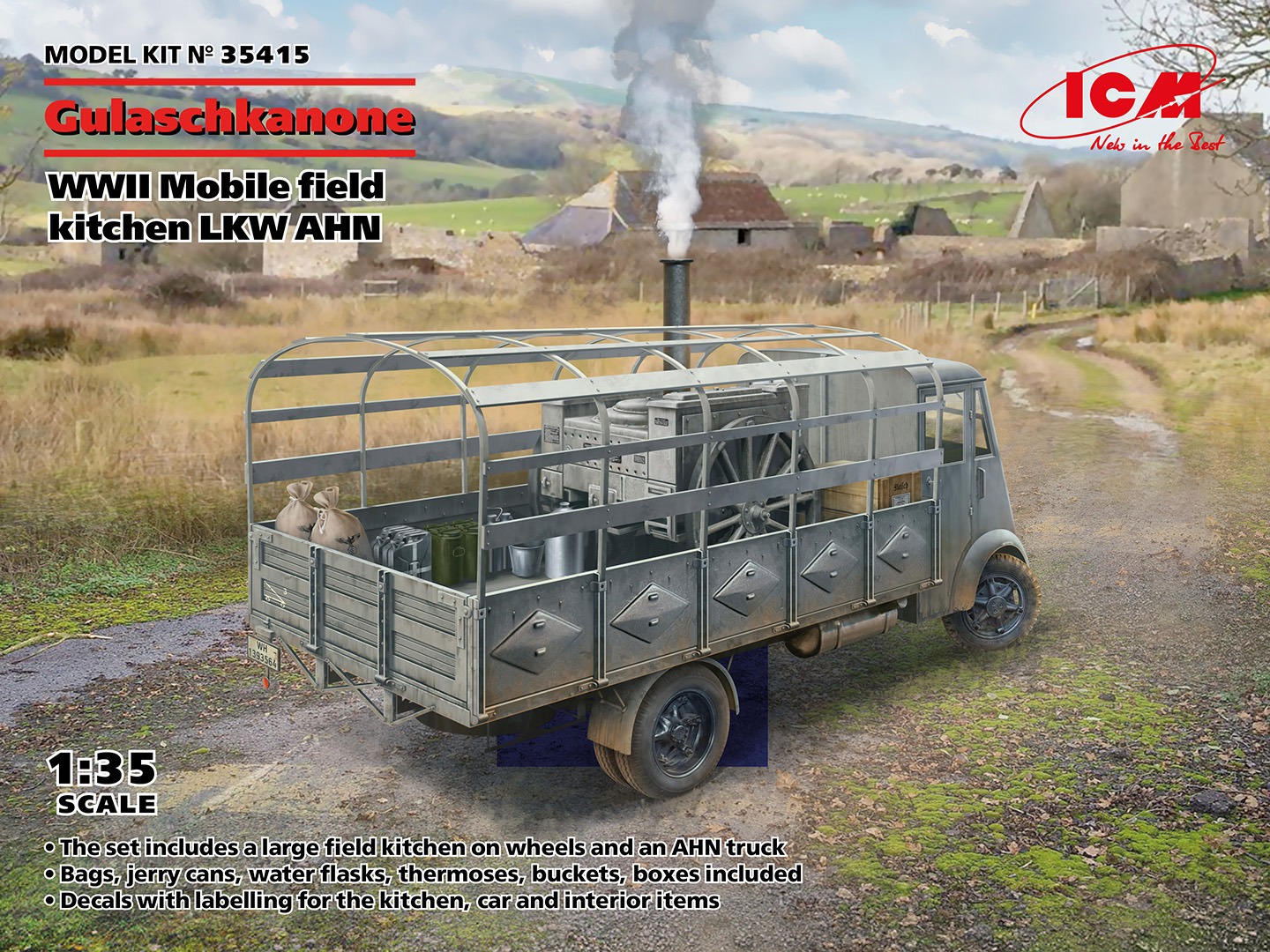 1/35 Gulaschkanone
1/35 Gulaschkanone
WWII German mobile field kitchen LKW AHN
To provide hot meals to Wehrmacht soldiers in the field, company kitchens were set up to prepare meals. Qualified cooks were in charge of these issues, who also used the services of assistants. The cooked food was distributed either directly into soldiers’ pots or into special large thermoses (for delivery to units located at a certain distance from the kitchen). The Wehrmacht used field kitchens of several types: large kitchens for cooking for the number of soldiers from 125 to 225, or smaller kitchens for 60 to 125 people. They were transported either on a trailer behind cars or by a team of horses. They were also installed in the backs of trucks, such as the French-made AHN trucks in the Wehrmacht’s numerous fleet. Soldiers’ humour gave the field kitchens the name ‘Gulaschkanone’ (‘Goulash Cannon’).
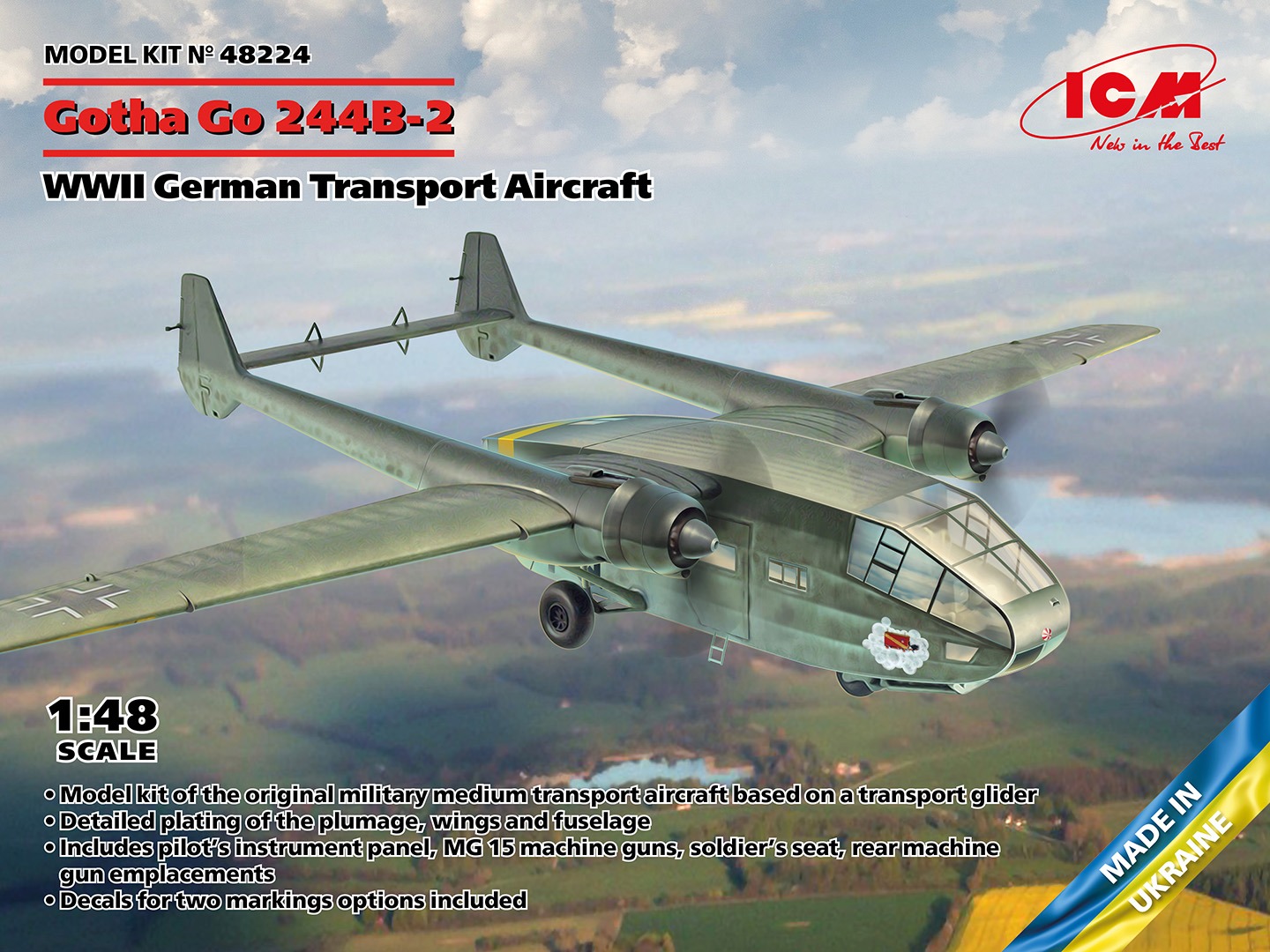 1/48 Gotha Go 244B-2
1/48 Gotha Go 244B-2
WWII German Transport Aircraft
Difficulties encountered in the use of cargo gliders and a shortage of aircraft to tow them led to the creation of a motorised version of the Go 242, the Go 244 transport aircraft. These medium-sized transport aircraft were converted Gotha Go 242 airframes of various modifications. Aircraft engines were installed in front of the tail beams, fuel tanks were mounted inside the aircraft, and the cockpit was equipped with the necessary equipment and instruments for flight. The aircraft engines were most often powered by trophy French Gnome-Rhone 14M engines. Defensive armament consisted of MG 15 or MG 81Z 7.9 mm machine guns. The Go 244B-2 modification was based on the Go 242B-2 airframe and, like the airframe, featured an original landing gear with oil shock absorbers. The Go 244 was in service with several Luftwaffe transport squadrons based in Greece and other countries. Later, these aircraft were used in flight schools and training centres.
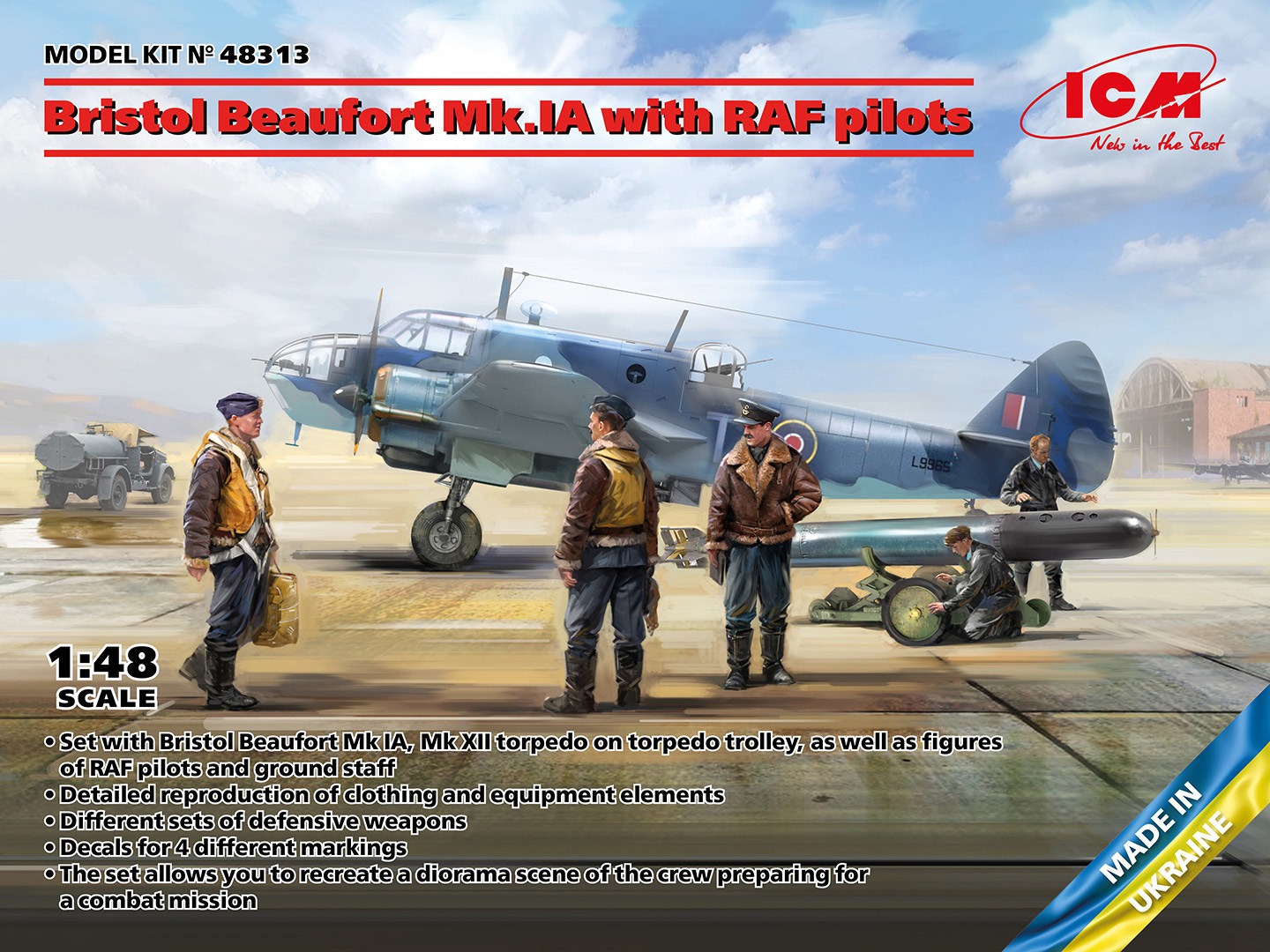 1/48 Bristol Beaufort Mk.IA with RAF pilots
1/48 Bristol Beaufort Mk.IA with RAF pilots
The Bristol Beaufort torpedo bomber began to arrive at the RAF Coastal Command in late 1939, and the following spring they began to see combat. The aircraft carried out aerial mining of sea harbors, conducted day and night torpedo attacks, and bombed coastal targets. In the course of its operation, the Bristol Beaufort was improved, its armament and equipment changed. The Mk.IA modification received a new machine-gun turret, and ASV radars were installed on the torpedo battleship to search for ships. One of the areas of combat service of this aircraft was the Mediterranean Sea, where the targets were transport convoys and warships of the Axis countries. It should be noted that service on torpedo battleships was extremely difficult and dangerous, and in some periods of the war, losses among their crews were the highest in the entire Royal Air Force. However, despite all the difficulties, torpedo bomber pilots were able to carry out a significant number of successful attacks on enemy ships.
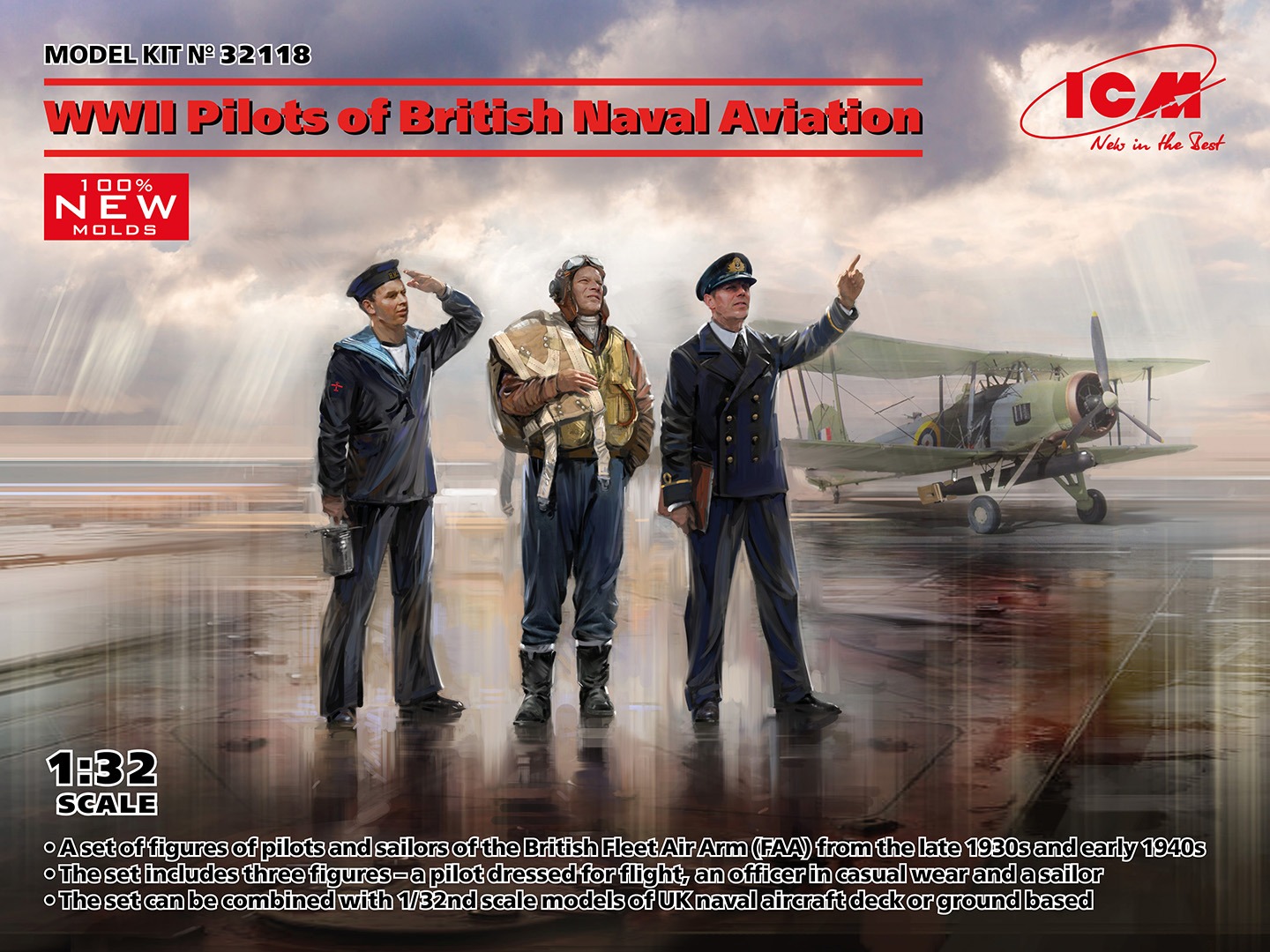 1/32 WWII Pilots of British Naval Aviation
1/32 WWII Pilots of British Naval Aviation
The UK Fleet Air Arm (FAA) was established in 1924. It was part of the Air Force as a ship-based and deck-based aviation command, and only in the spring of 1939 was it transferred to the direct subordination of the Navy. Their tasks included reconnaissance, fire control, strike operations against warships and merchant ships, and defence against submarines and enemy aircraft.
At the beginning of World War II, the Navy’s air force consisted of 20 squadrons with 232 aircraft, mostly reconnaissance and torpedo bombers. Among the operations carried out by the FAA are the attack on the Italian fleet in Taranto, the sinking of the Bismarck battleship, countering the breakthrough of German ships across the English Channel, and Operation Wolfram against the Tirpitz battleship. Fleet aviation pilots also took part in the Battle of Britain, such as the 804th Squadron, which was armed with Sea Gladiator fighters.
HobbyLink International
Hoblylink International Shop
eBay Store



